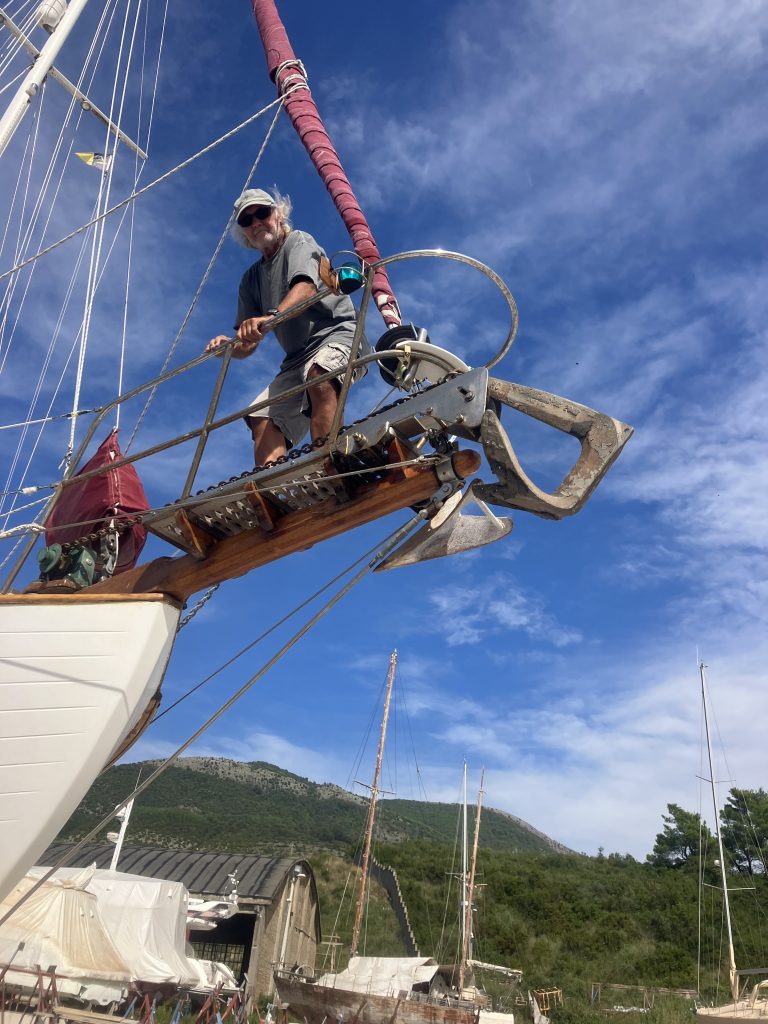
The boat had not been out of the water in two seasons, and she was due for some TLC. There is a boat yard just 5 minutes from where we are wintering that is expensive, but has a phenomenal reputation. Seven crew members met us at the well, and we were hoisted out of the water in no time. Milos started pressure-washing the bottom immediately (desperately needed as we had gotten lazy about cleaning the bottom this summer). I did get some rather nice shots of the marine growth that had occurred in the last few months. This is particularly amazing when you consider that the hull had been cleaned by a diver back in April, and the waters that we were in this summer were some of the hottest on record. There’s hope for life during climate change, even if it’s not human life.
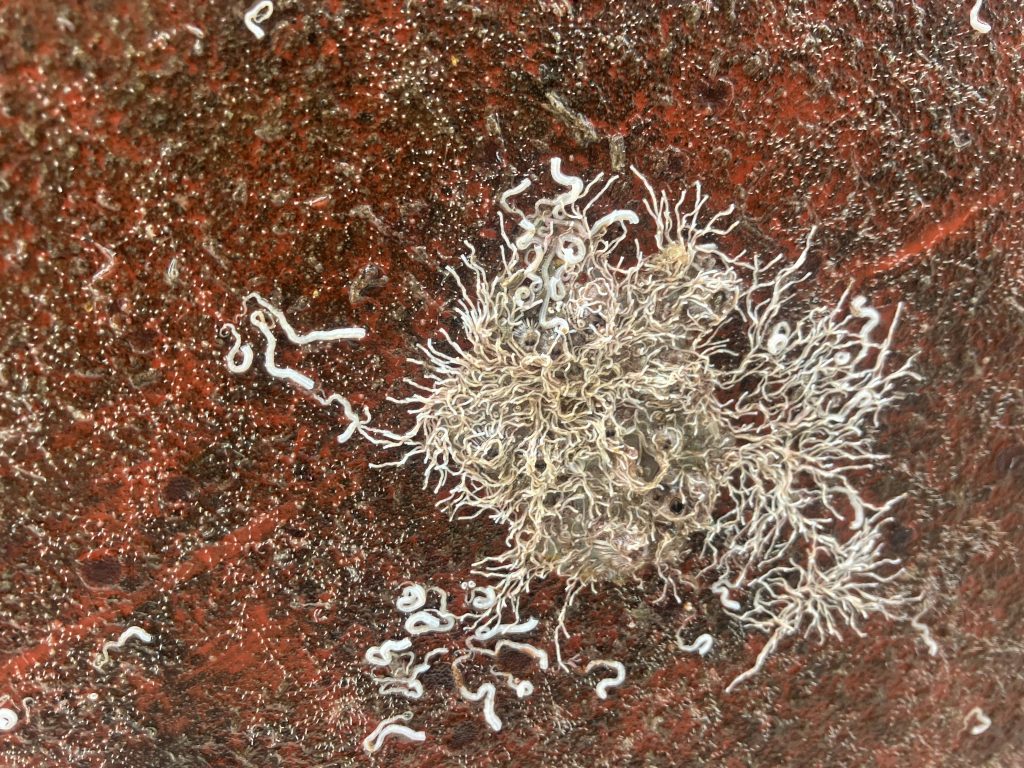
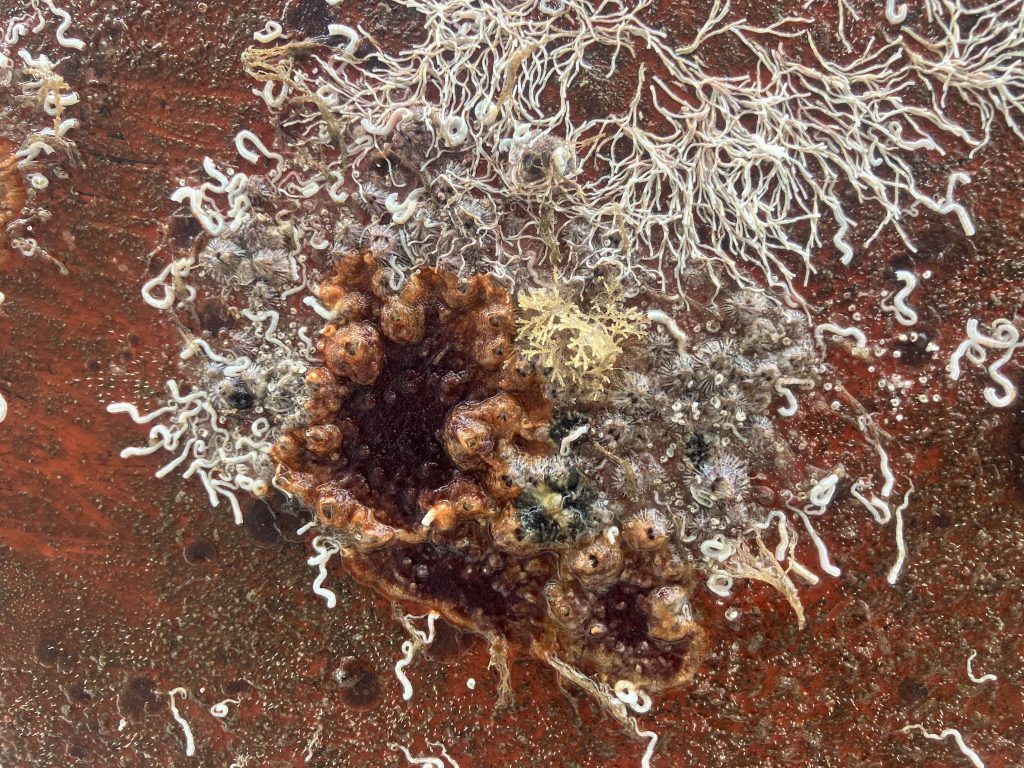
We went out for pizza with another American couple prepping their boat for the winter, and by the time we came back the boat was on jackstands and ready to go. We dropped the anchor first and played out all the chain, as we were getting rid of the old and getting new. I set to work painting the new chain (it gets painted in 20 foot increments so we know how much is out, as different conditions and depths require different amounts).
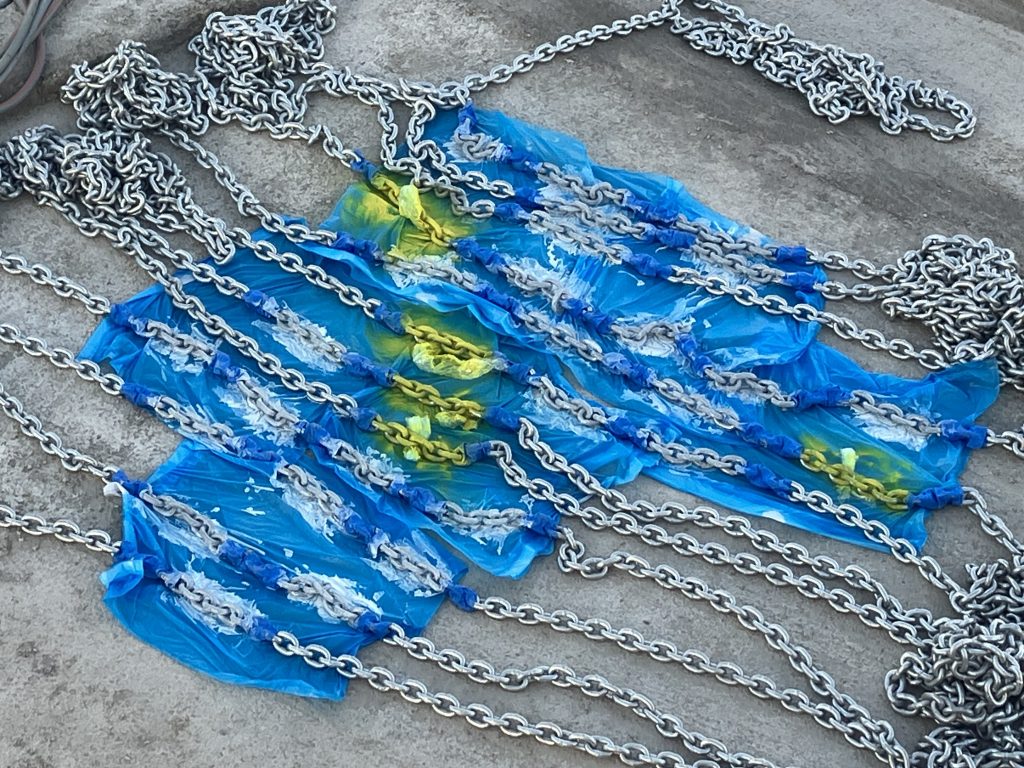
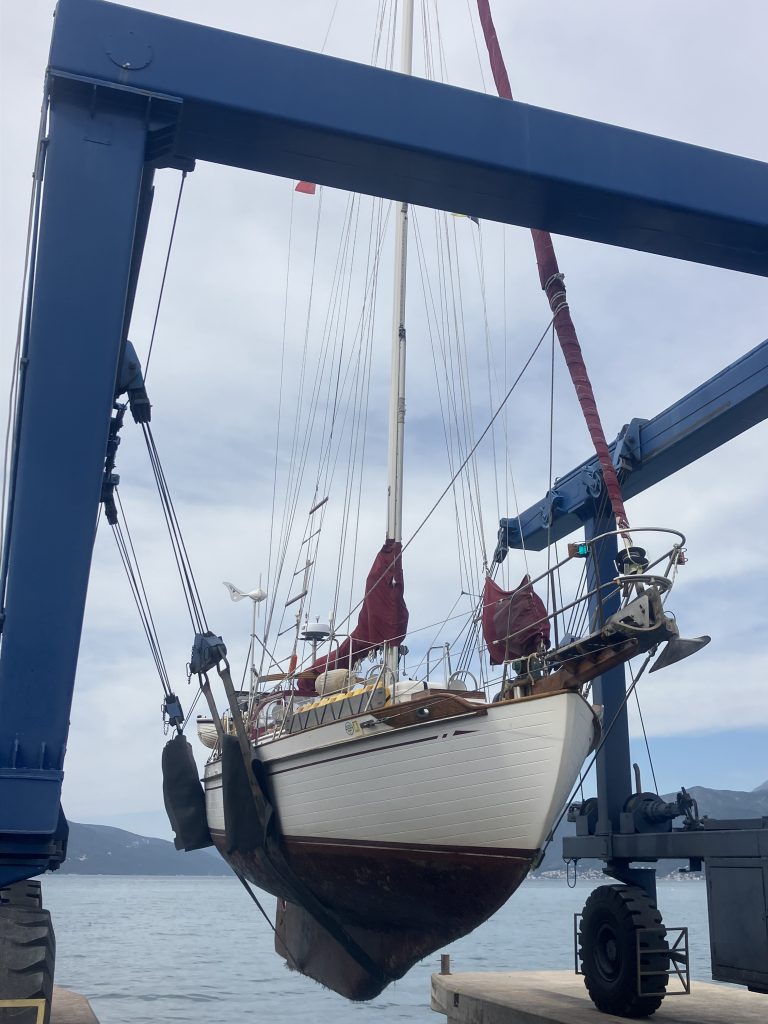
Unfortunately, Trip realized that all the supporting wood in the anchor locker had fallen apart. The yard foreman put him in touch with the on-site carpenter who stopped what he was working on and cut all the pieces that we needed. This was a huge relief to us, as unplanned jobs can take hours or days to source and this was none of that.
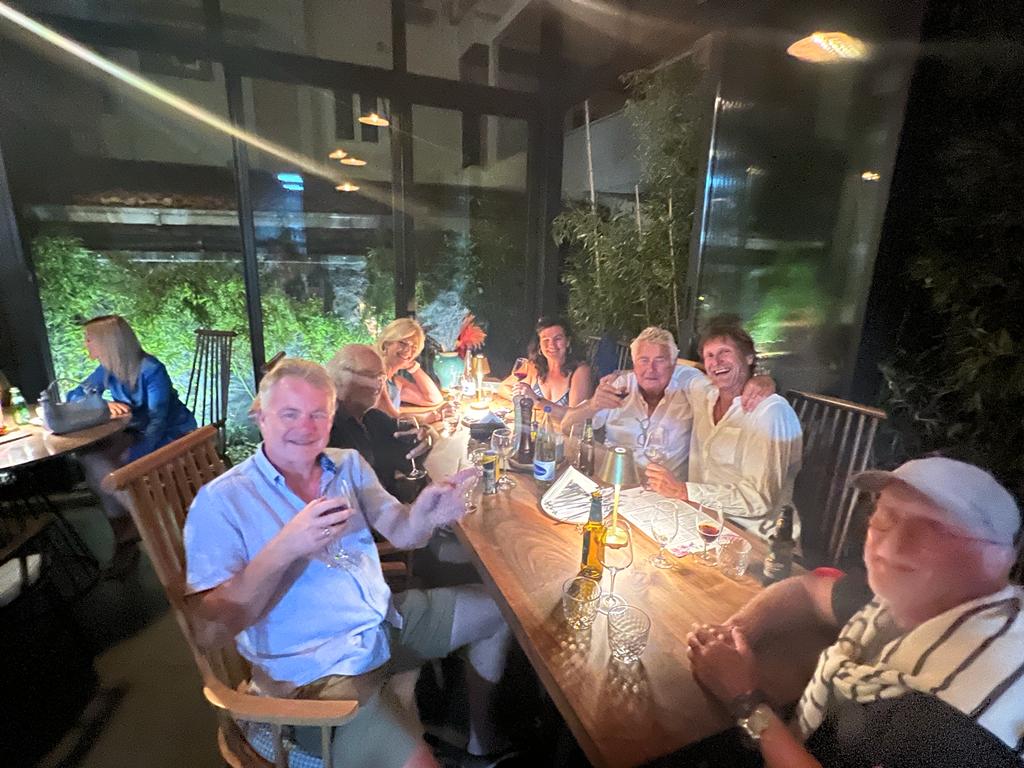
Despite the full day, we managed to shower and head back into town (only a 5€ taxi ride) for a final dinner with Topaz, CaMaLa, and Juventa crew. The wine and stories flowed, and we were able to relax for a few hours. Then it was back to the grind the next day.
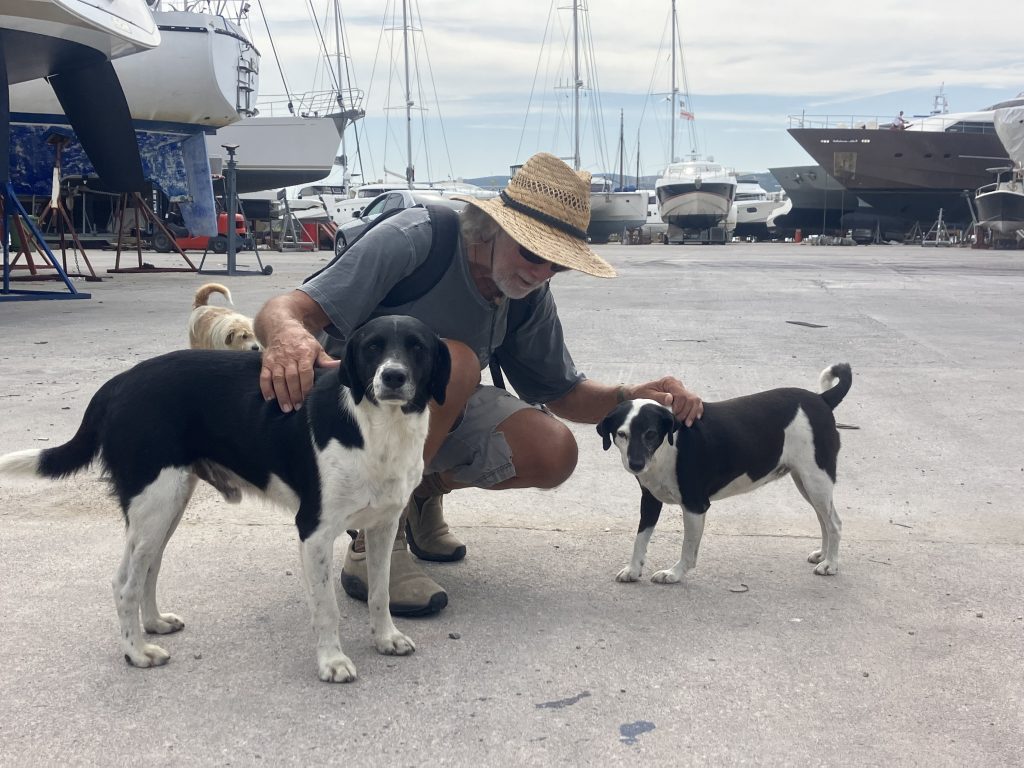
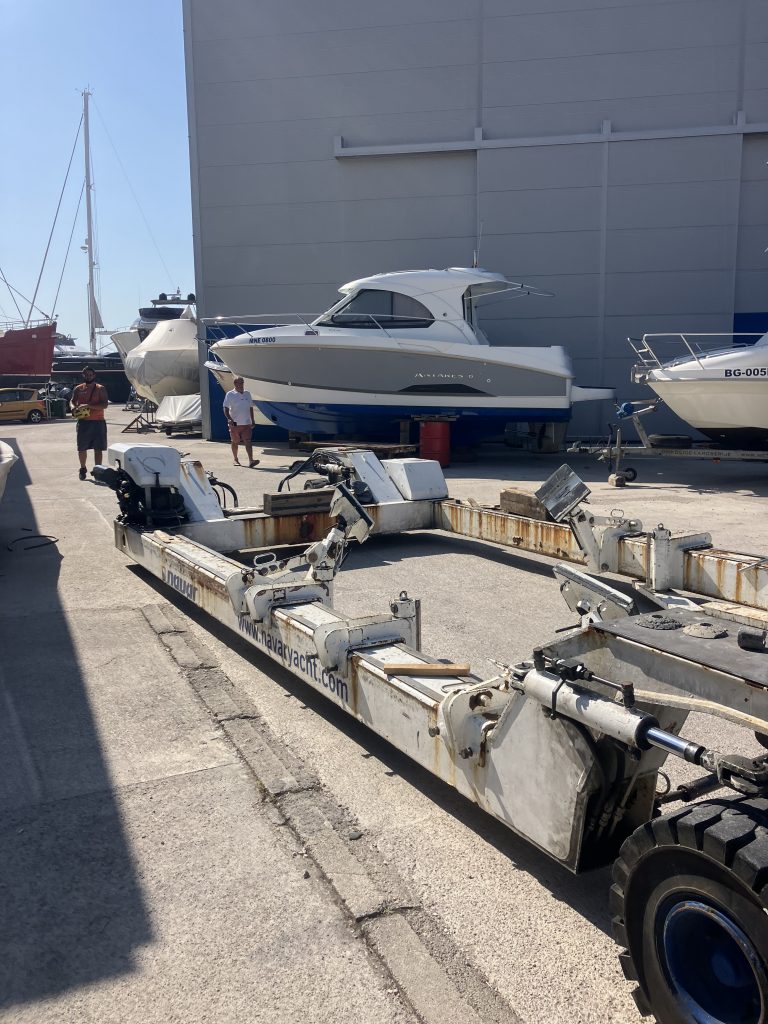
The yard was painting the boat bottom (Yay! The first time in 13 years that it wasn’t my job!), so we went to work on other projects. We disassembled the toilet and rid the hoses & fittings of calcification buildup. I scraped and varnished the cockpit coaming. I scrubbed the deck and filled the water tanks. Trip rebuilt the anchor locker, spliced an 30’ length of line to the new chain (which we then reloaded), and reassembled the toilet. I painted the prop with a special anti-foul paint, and changed the zincs on the rudder and the prop.
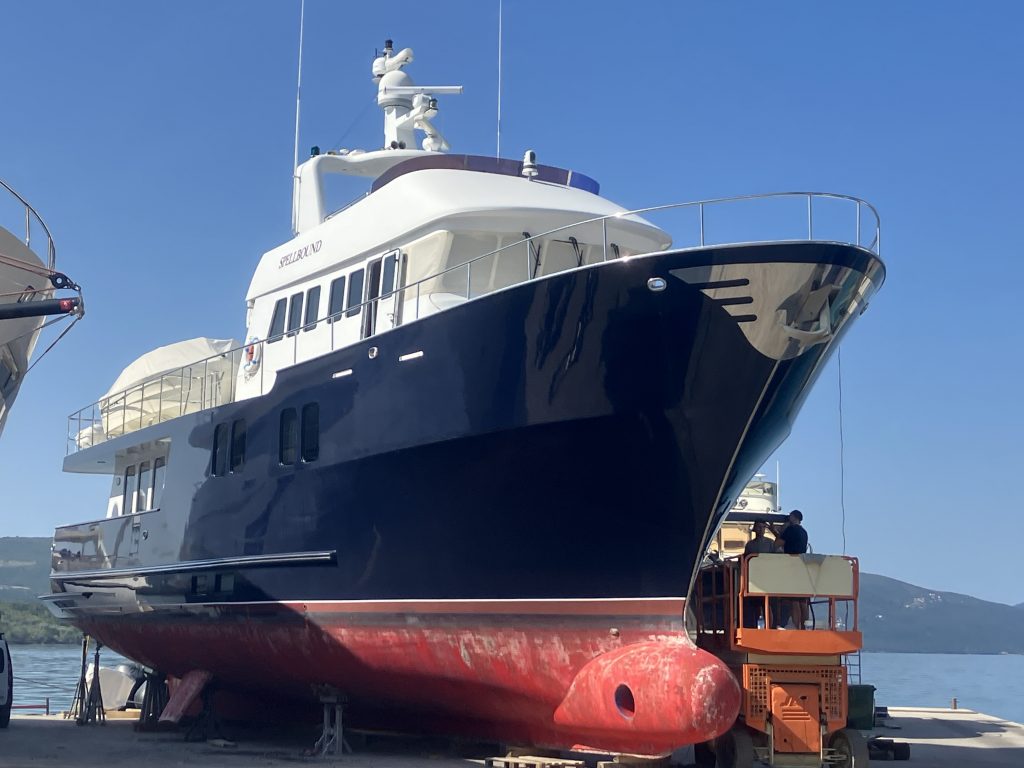
We also had arranged for a welder to come by. Our augmented davits had both cracked during the season, and after scolding us in Montenegrin for using too thin pipe, he welded plates in place to reinforce the tubing.
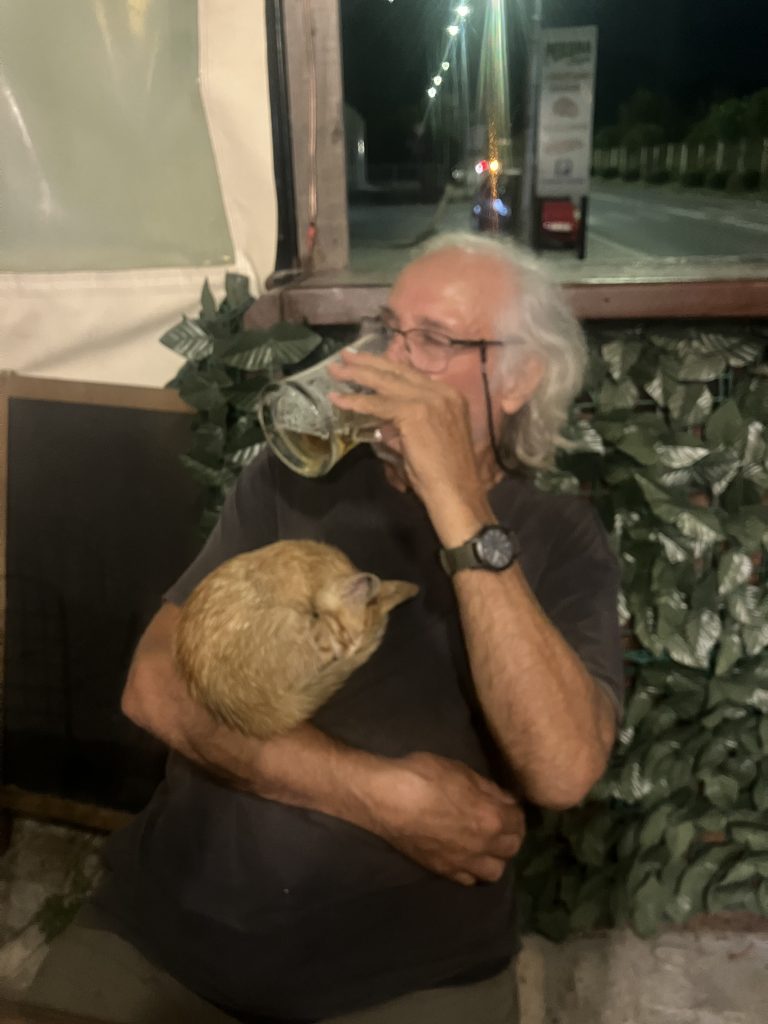
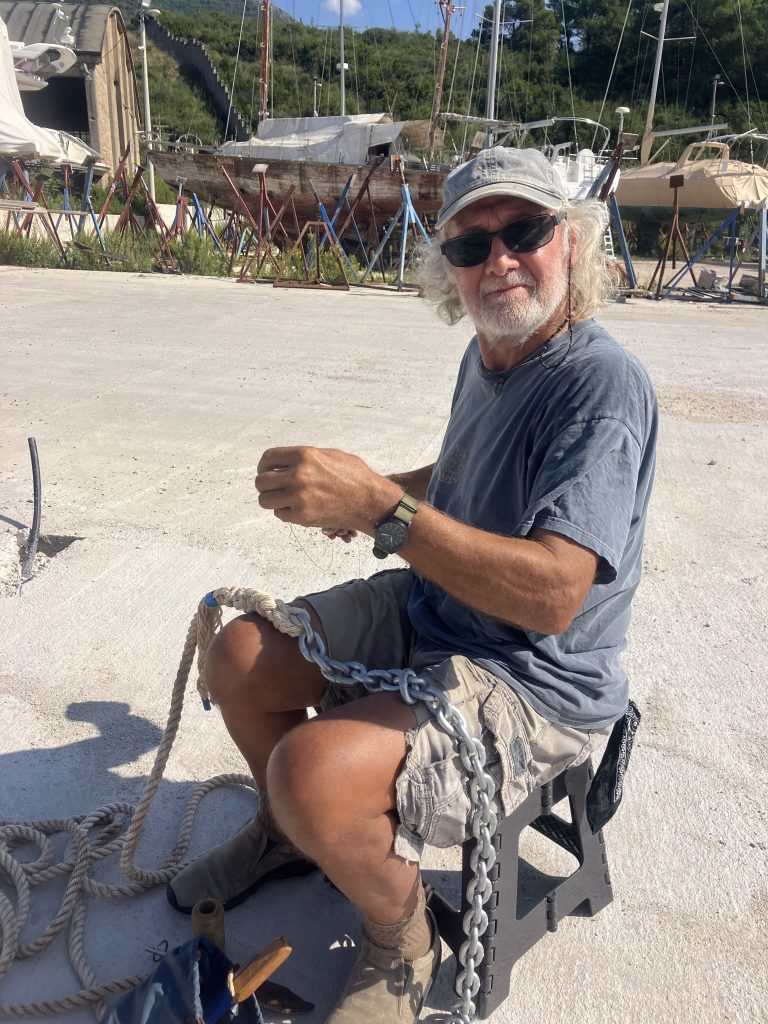
There’s not much for restaurants since we were on the outskirts of town, so the second and third nights (with Loki second time) we ate at a Turkish restaurant. It turns out the family had lived in Chicago for 14 years, so we traded lots of stories about the US. They plied us with lots of rakia (white lightening moonshine), beer, and meat. Trip nearly adopted a kitten who took to him immediately and fell asleep in his arms after dinner.
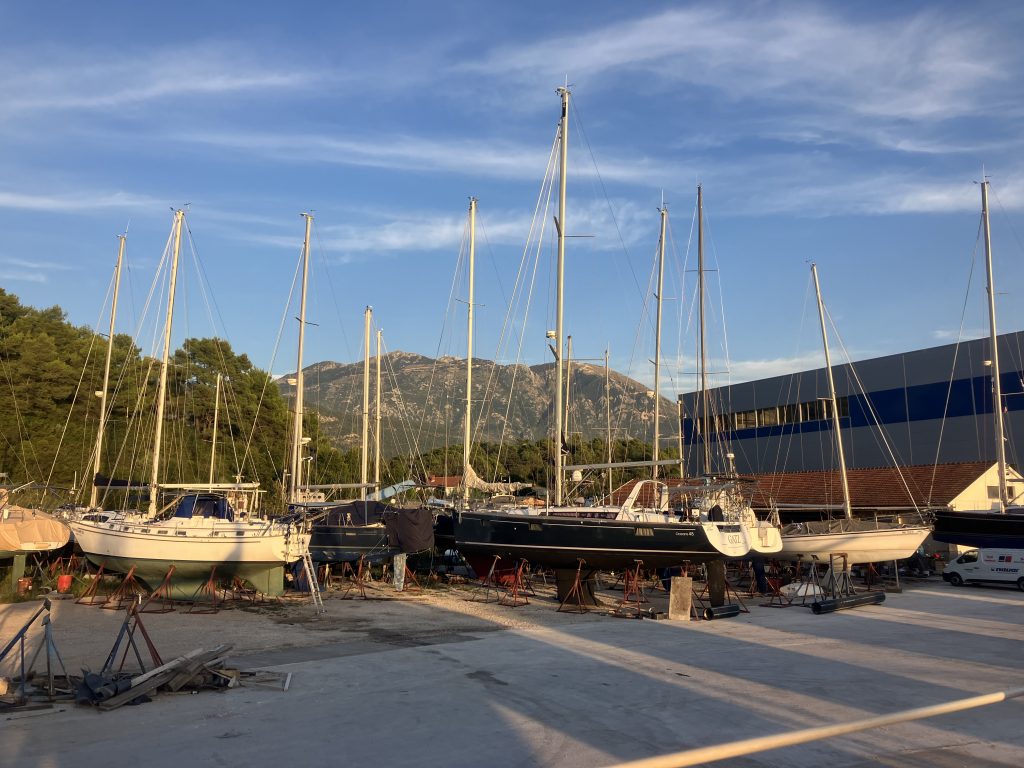
And just like that, we were done. We had worked hard for three days, and the yard came through in every way. They run a top notch operation and we were both impressed and grateful. Next thing we knew, we were back in the slings, lowered into the water, and they were waving us off as the next boat waited to come in.
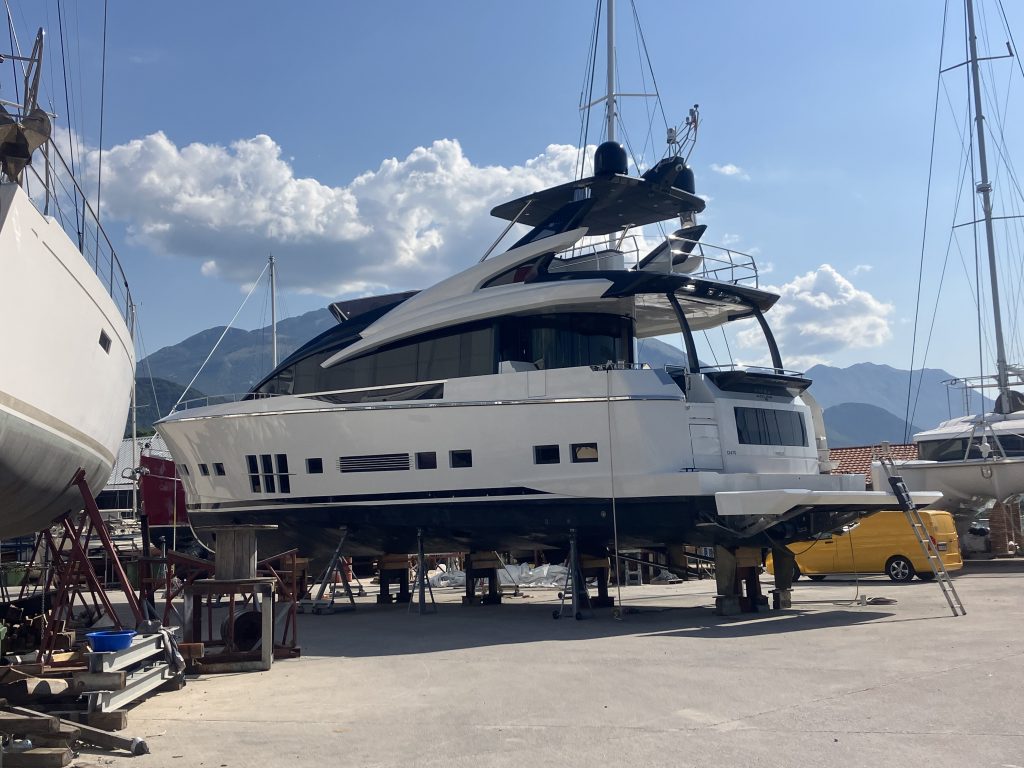
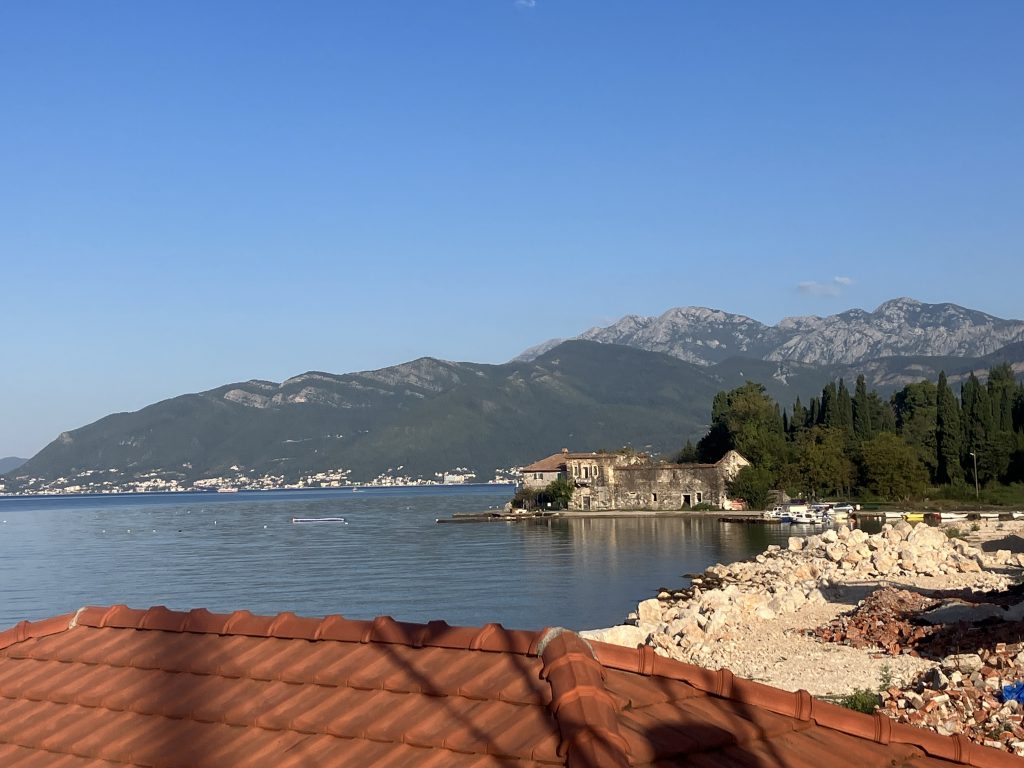

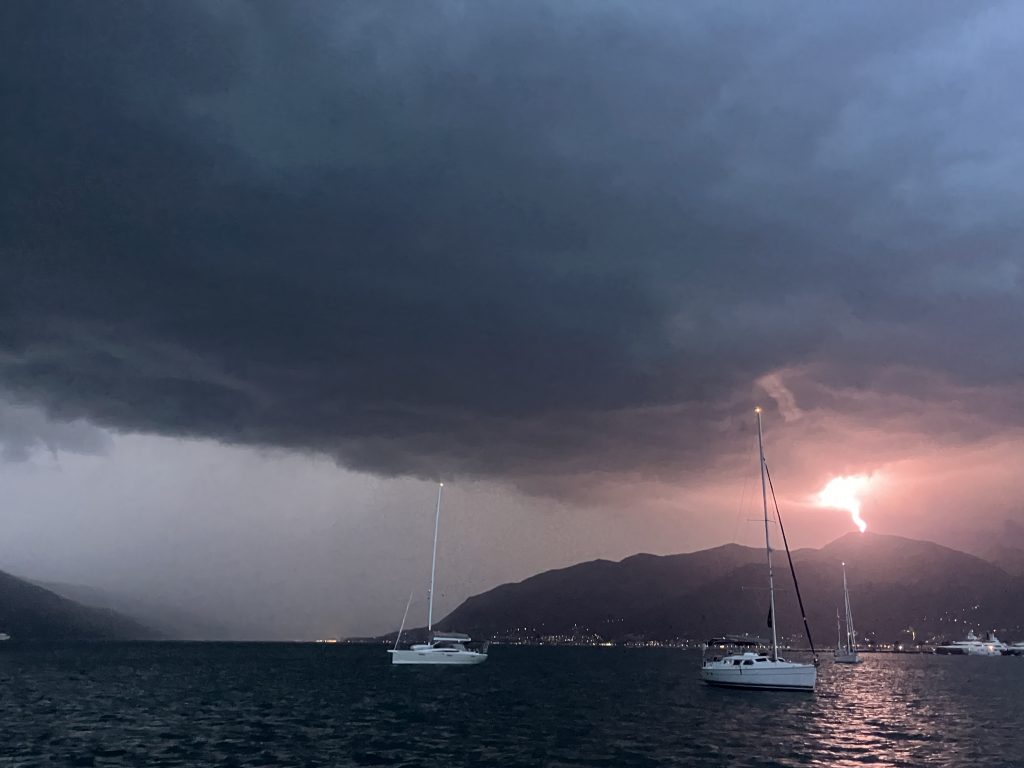
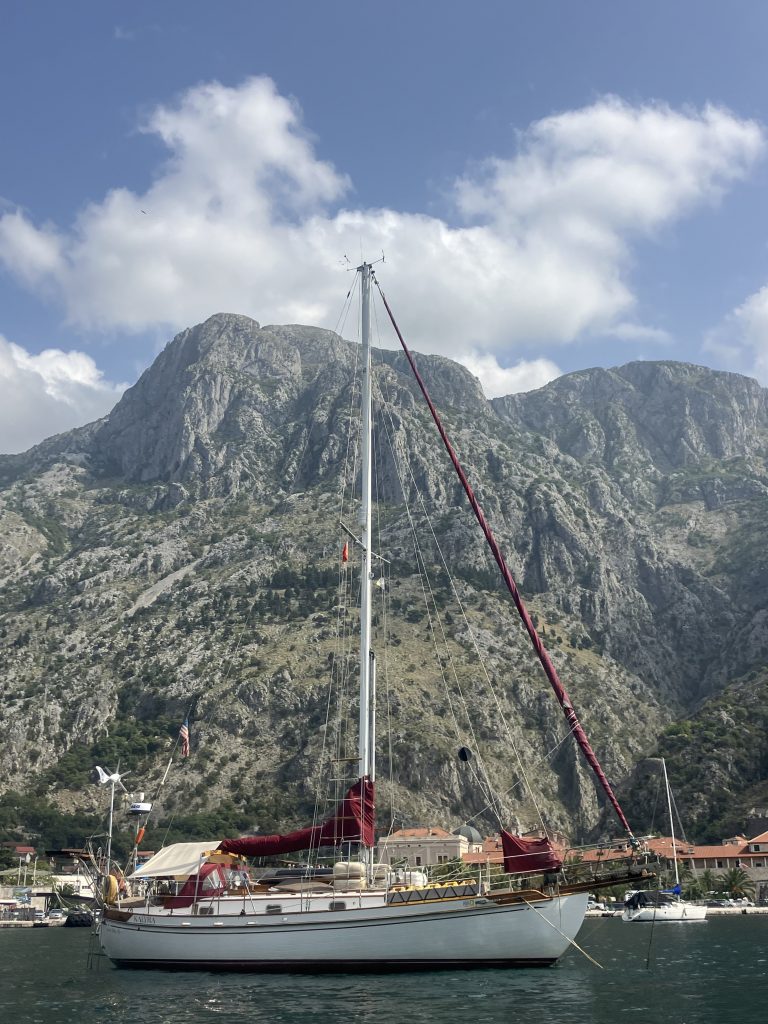


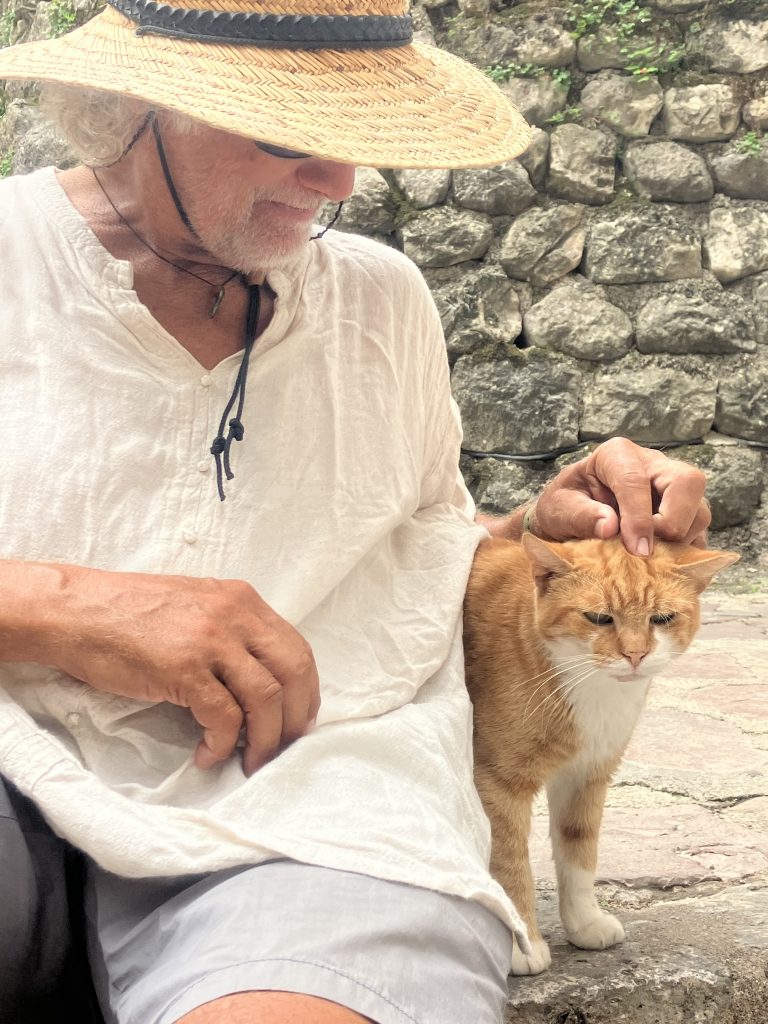
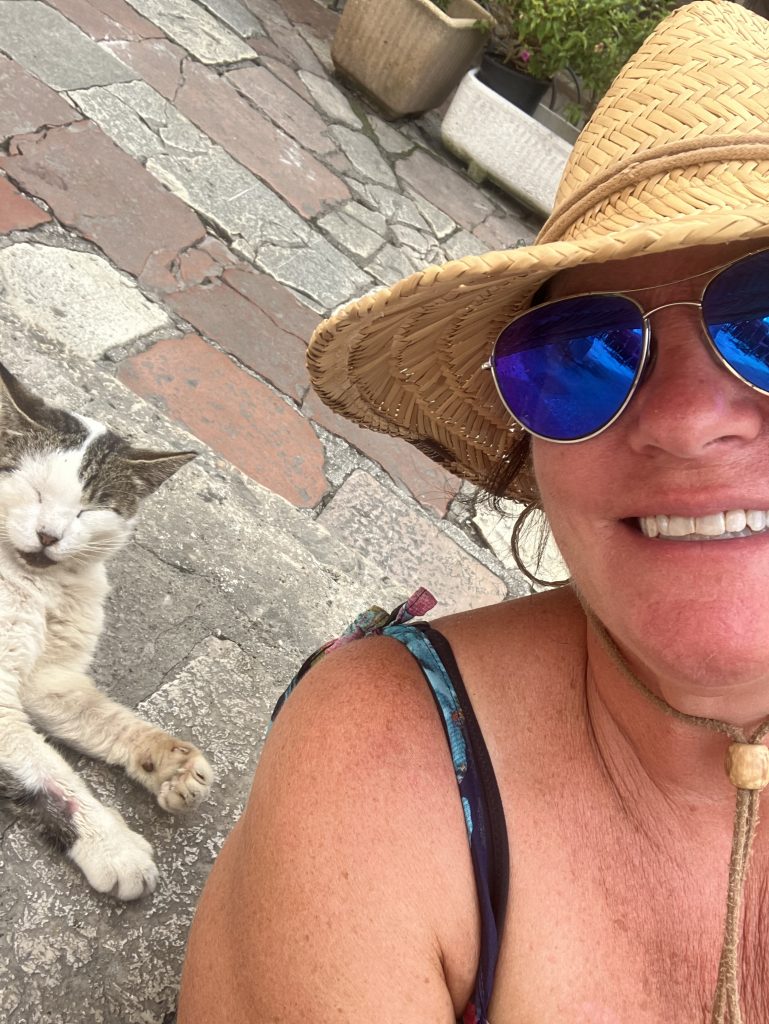

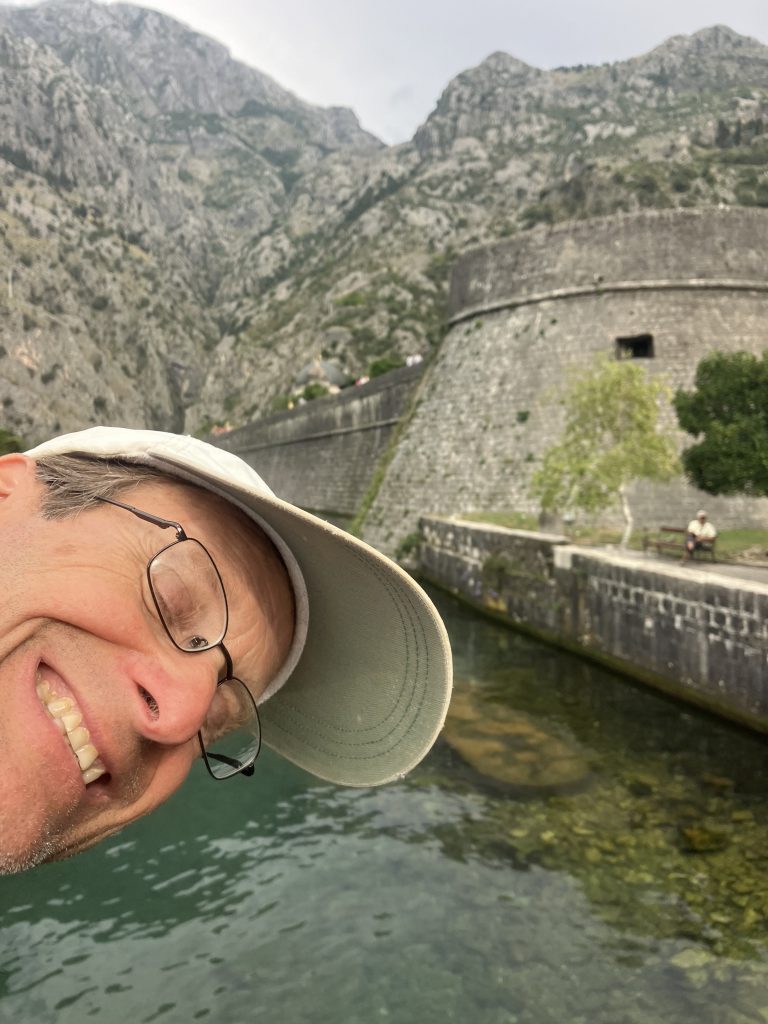


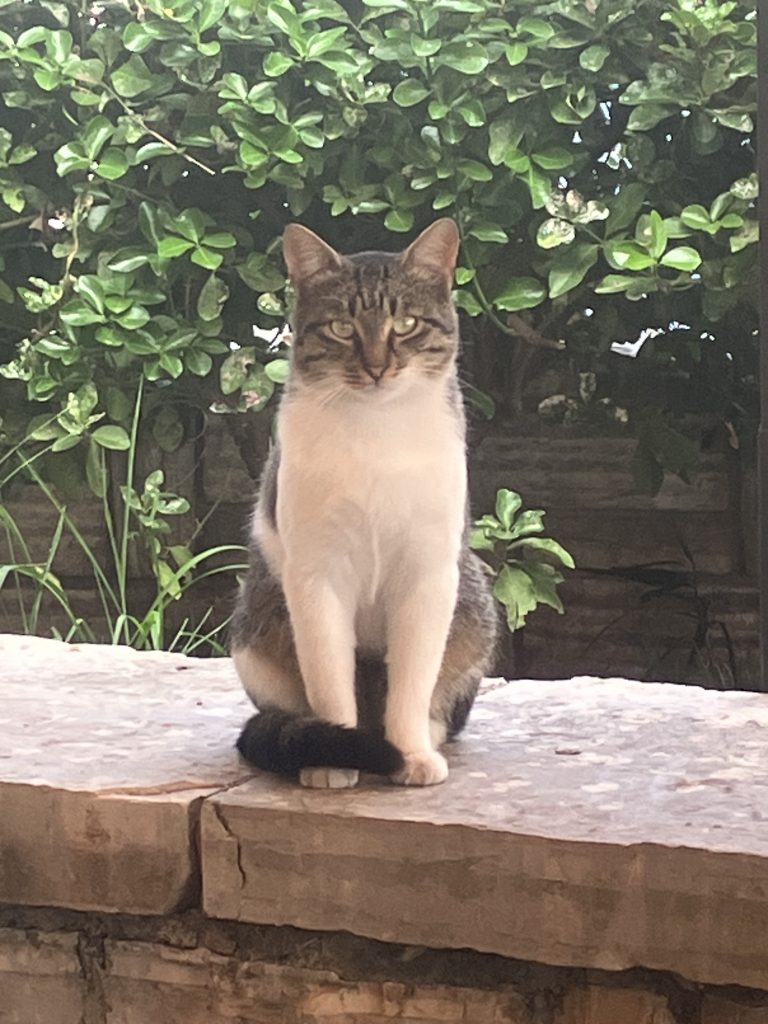
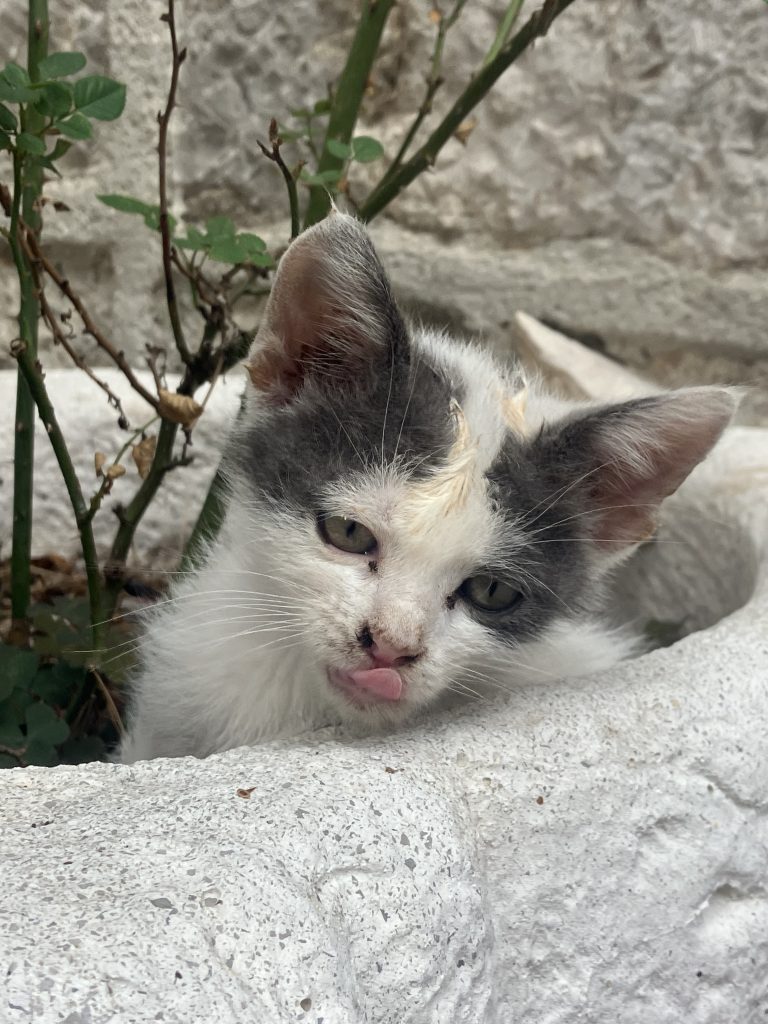
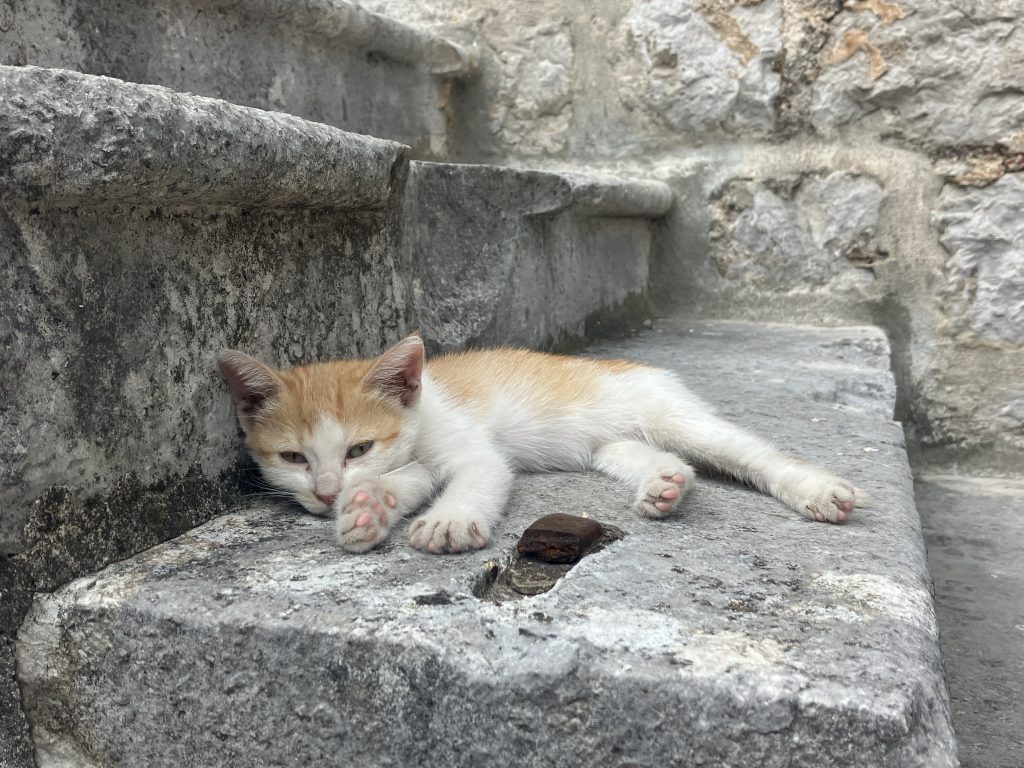
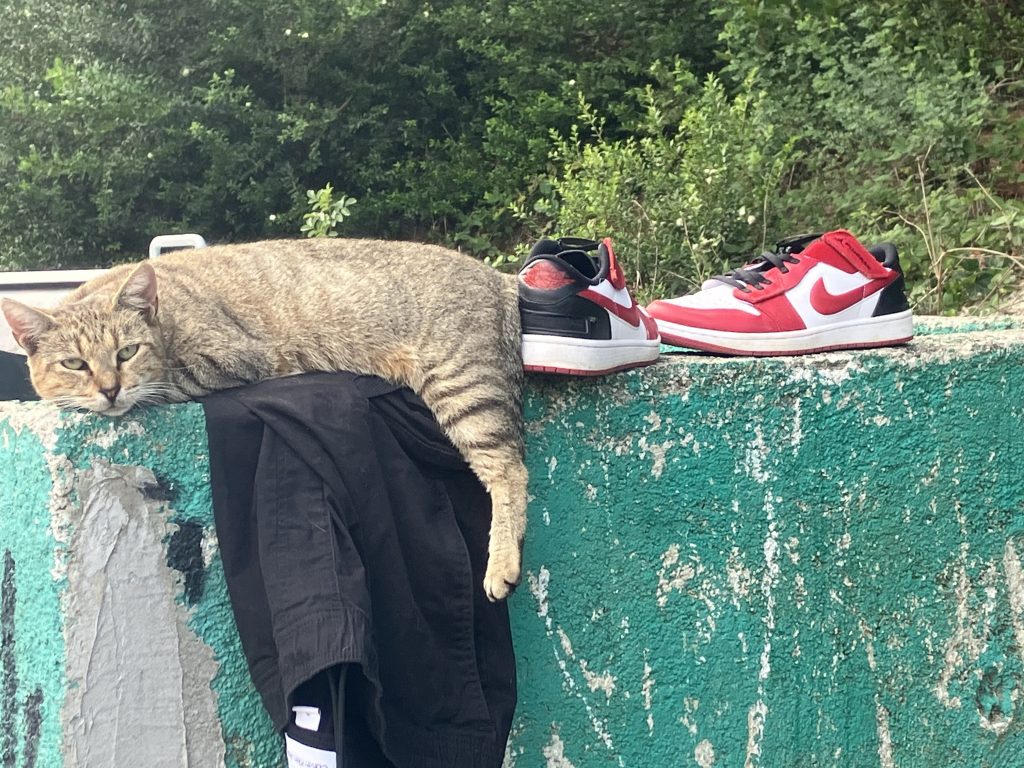
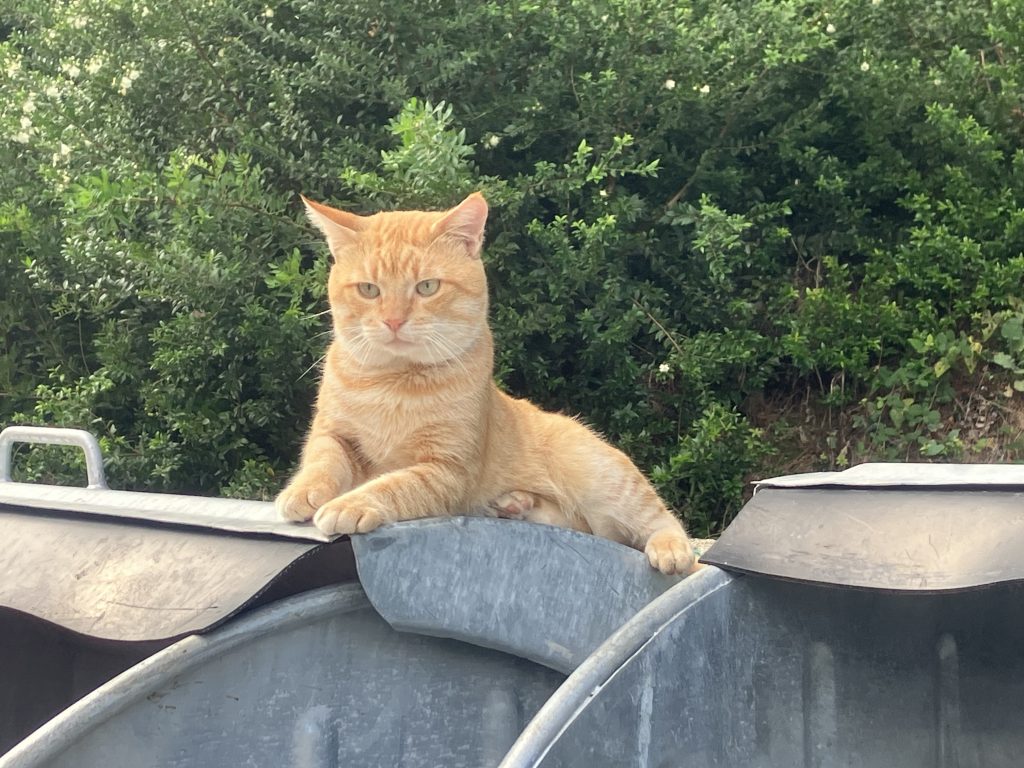
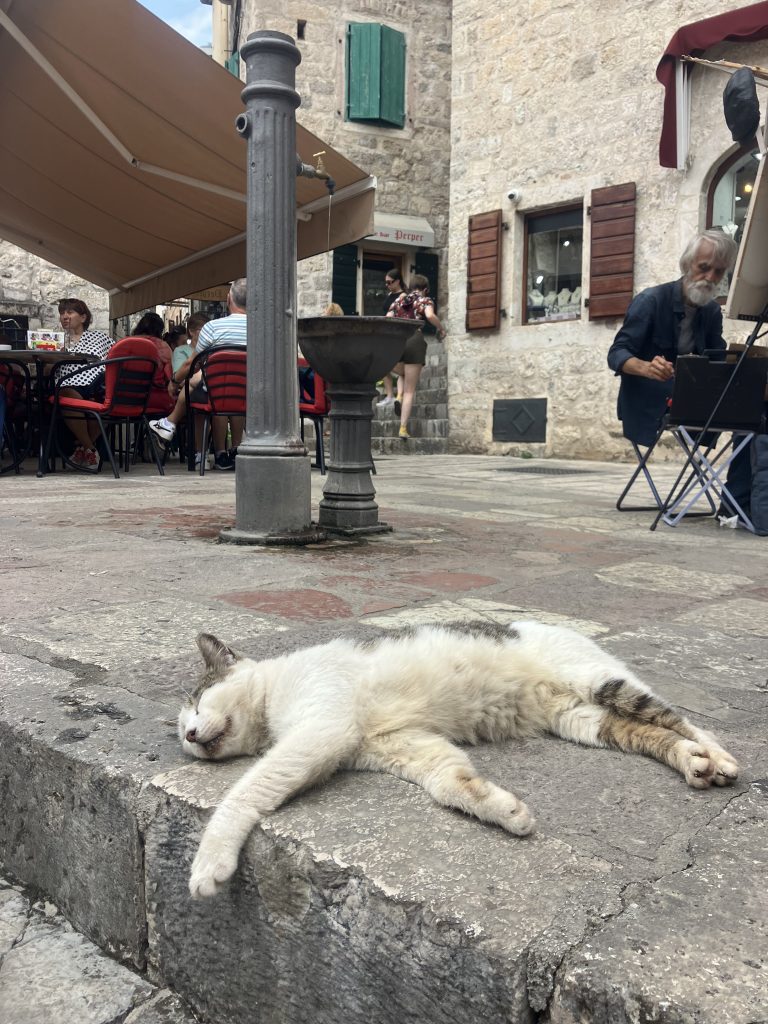
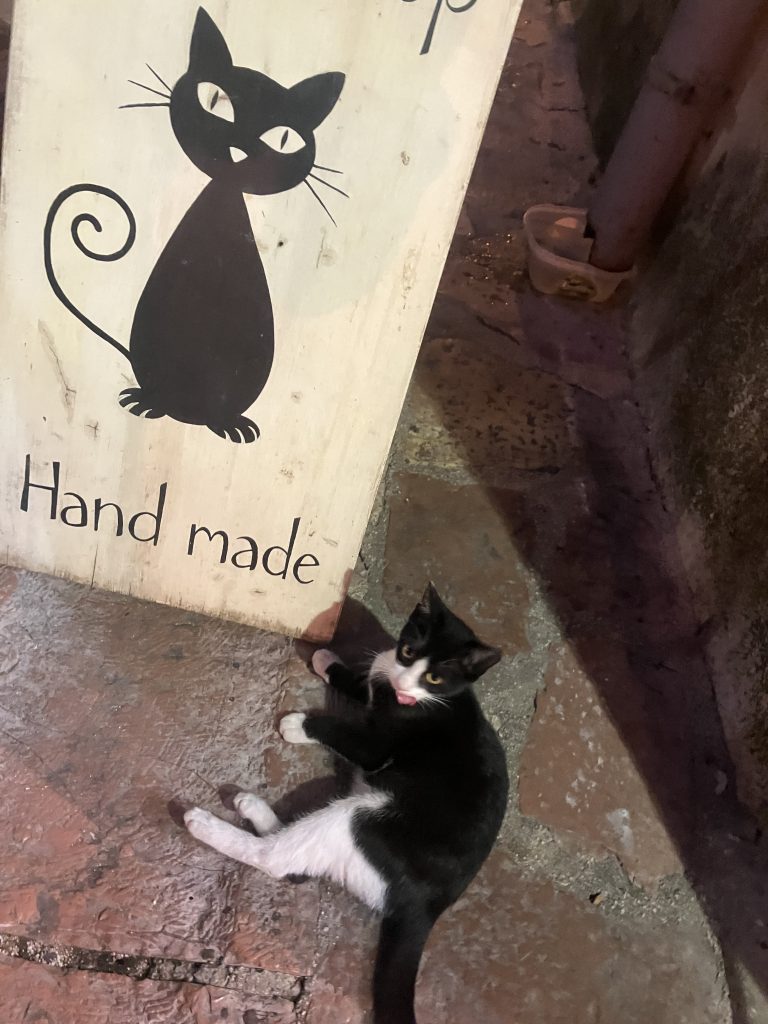
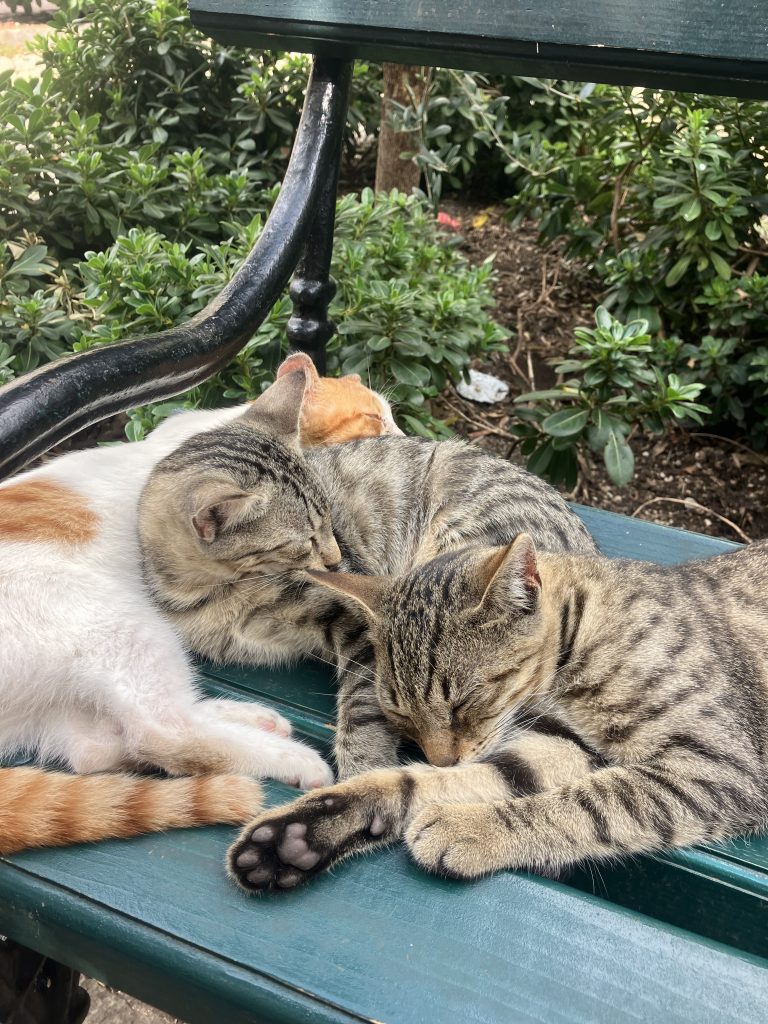
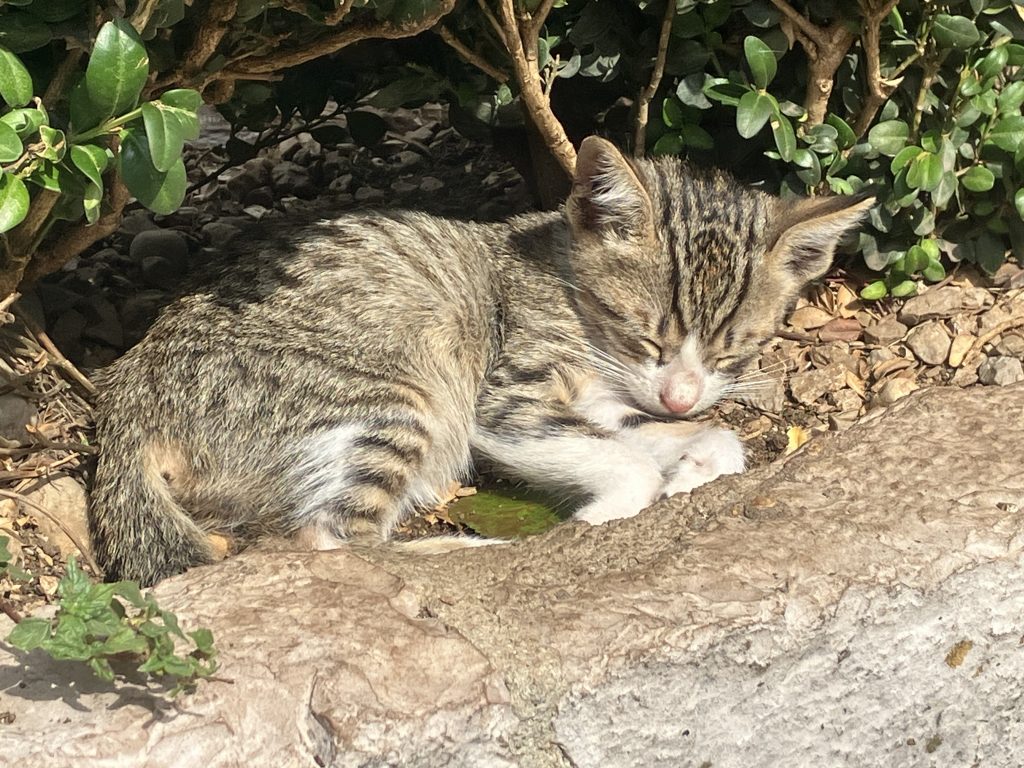
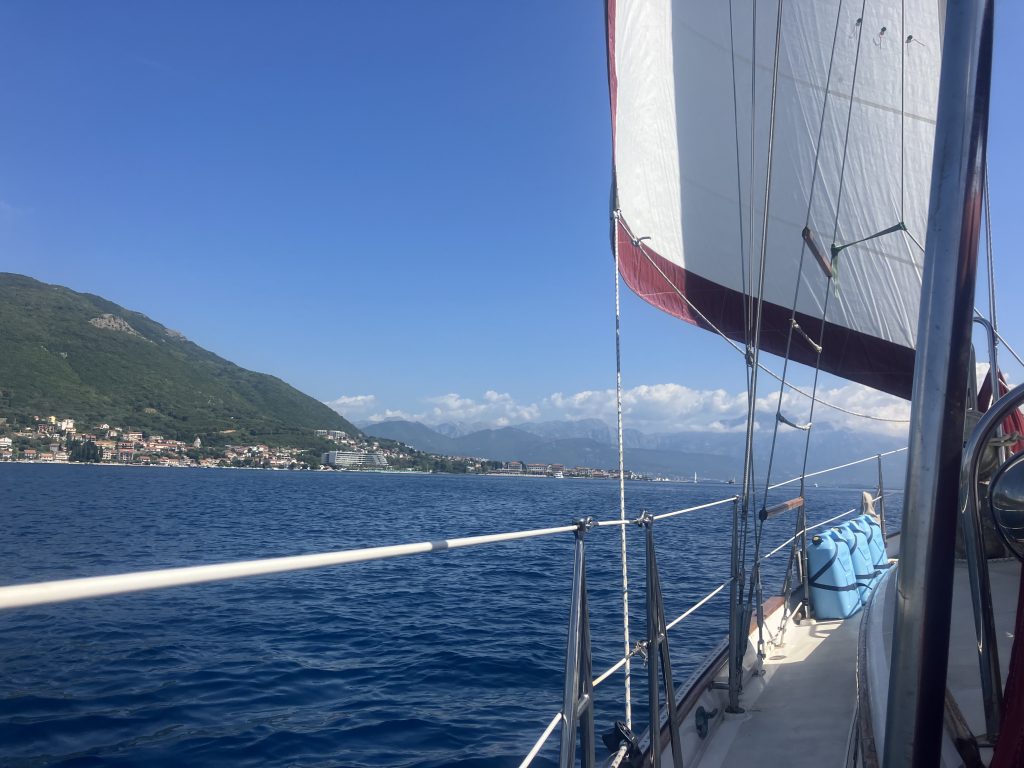
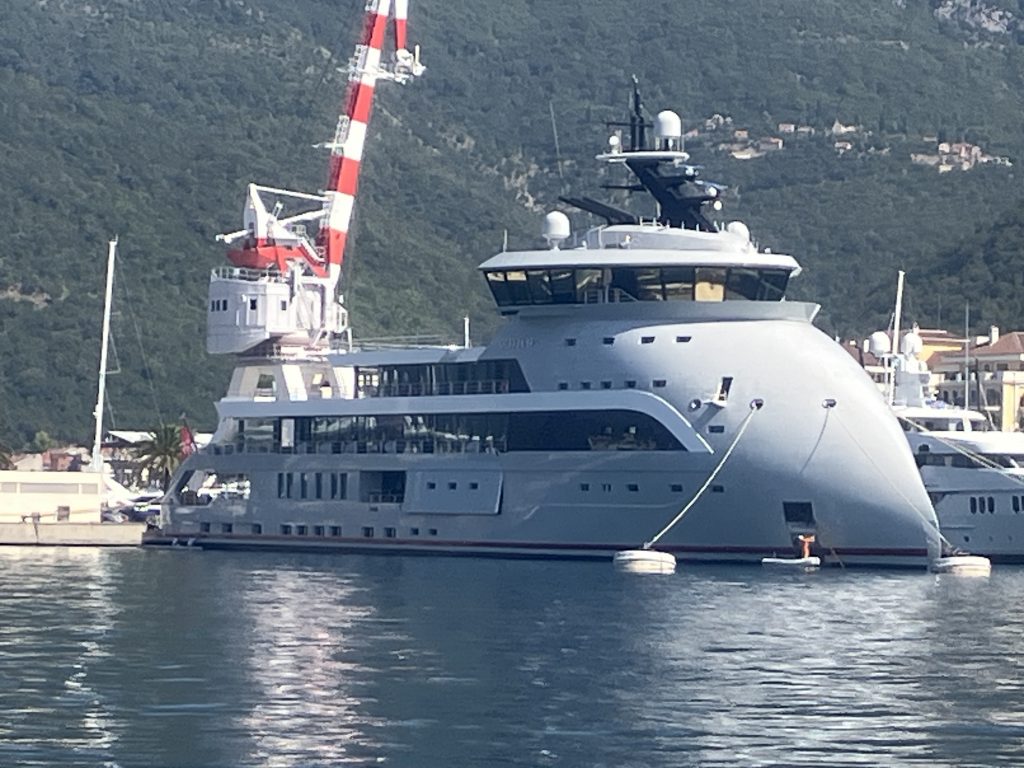
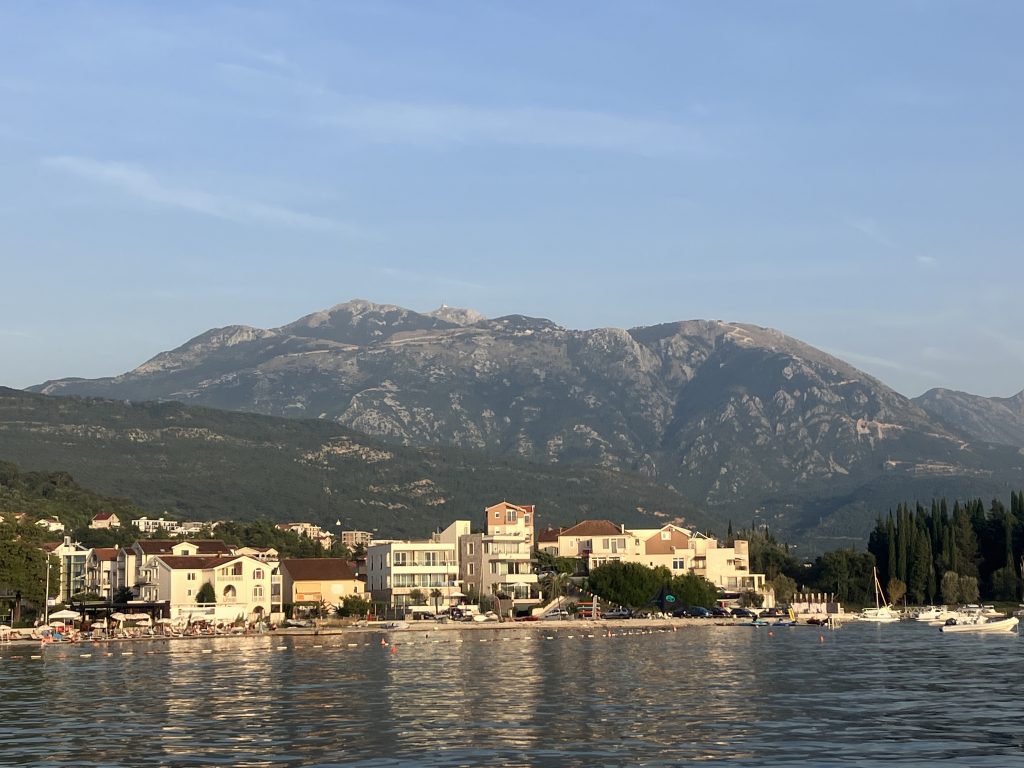
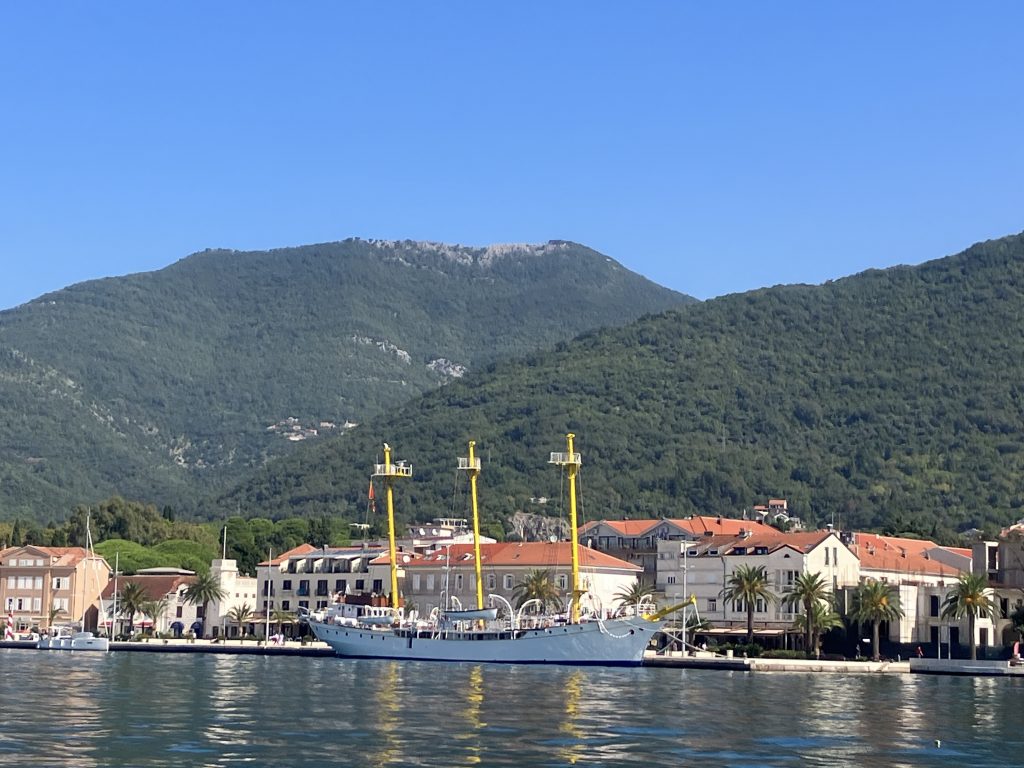
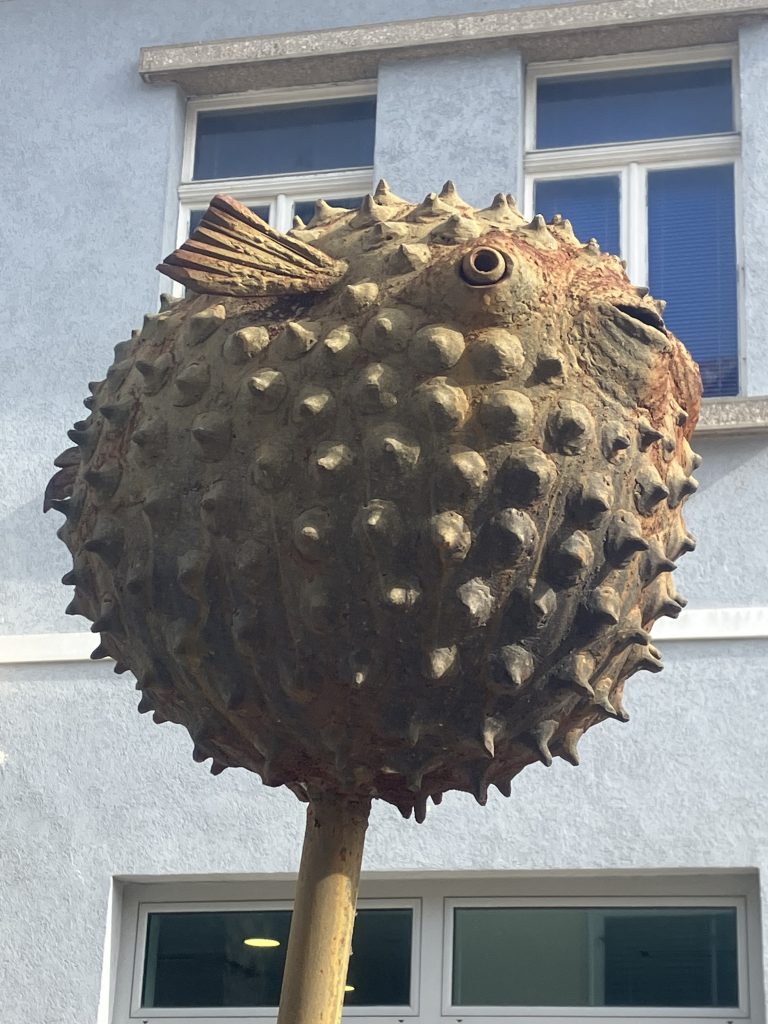
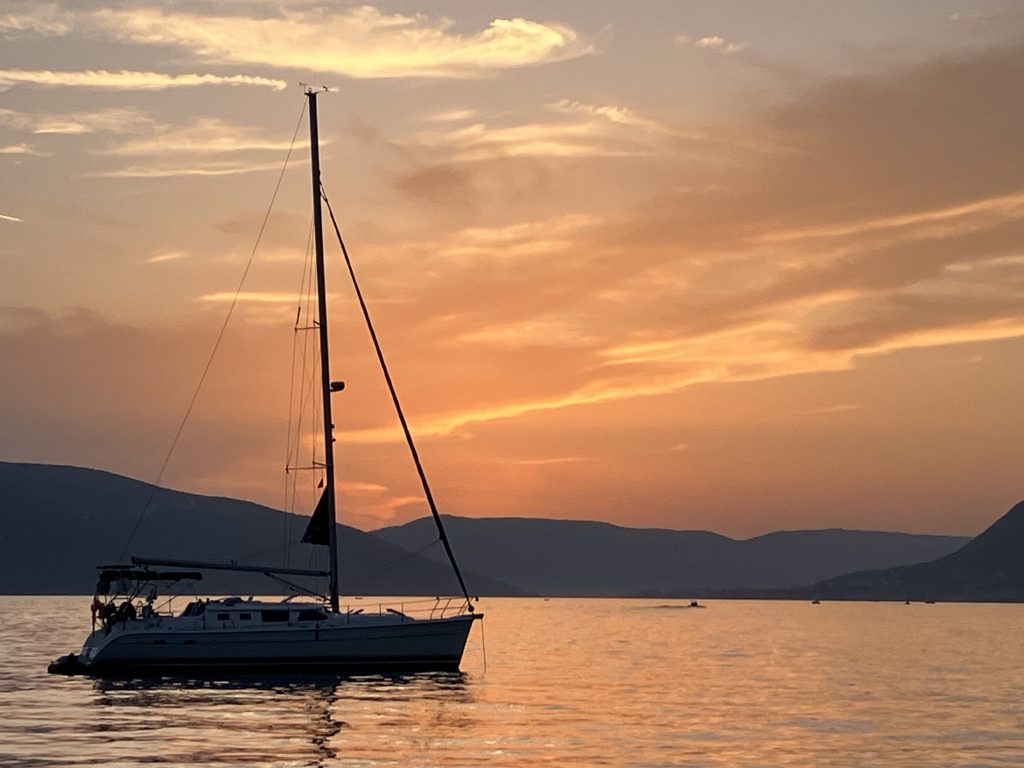
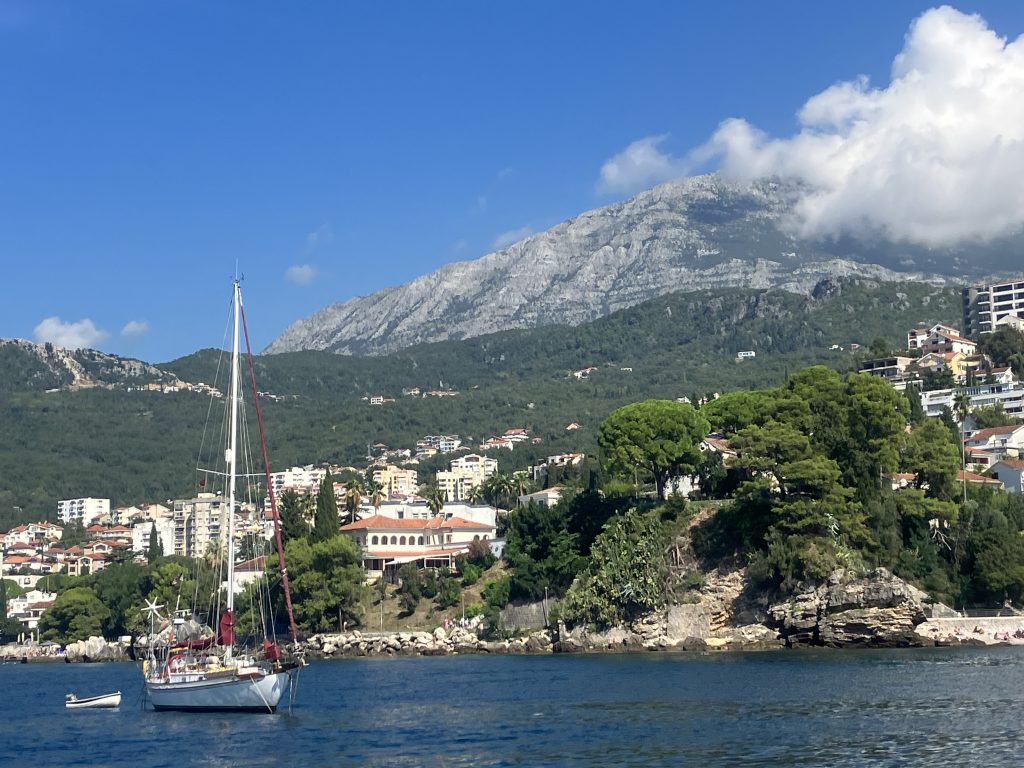
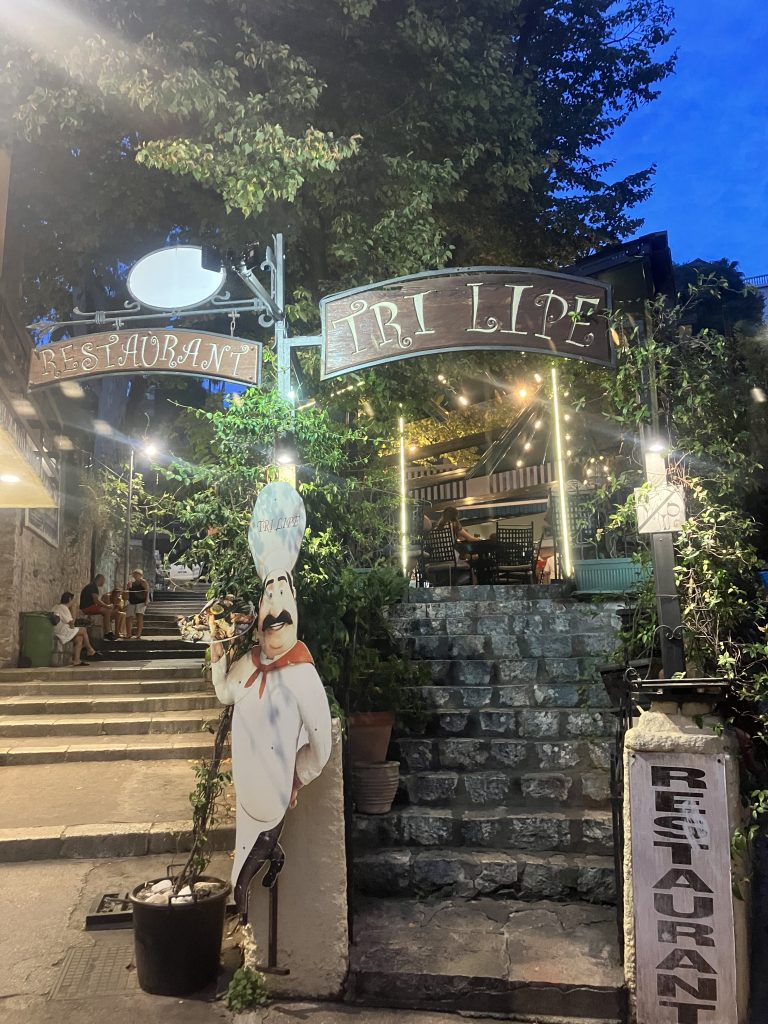
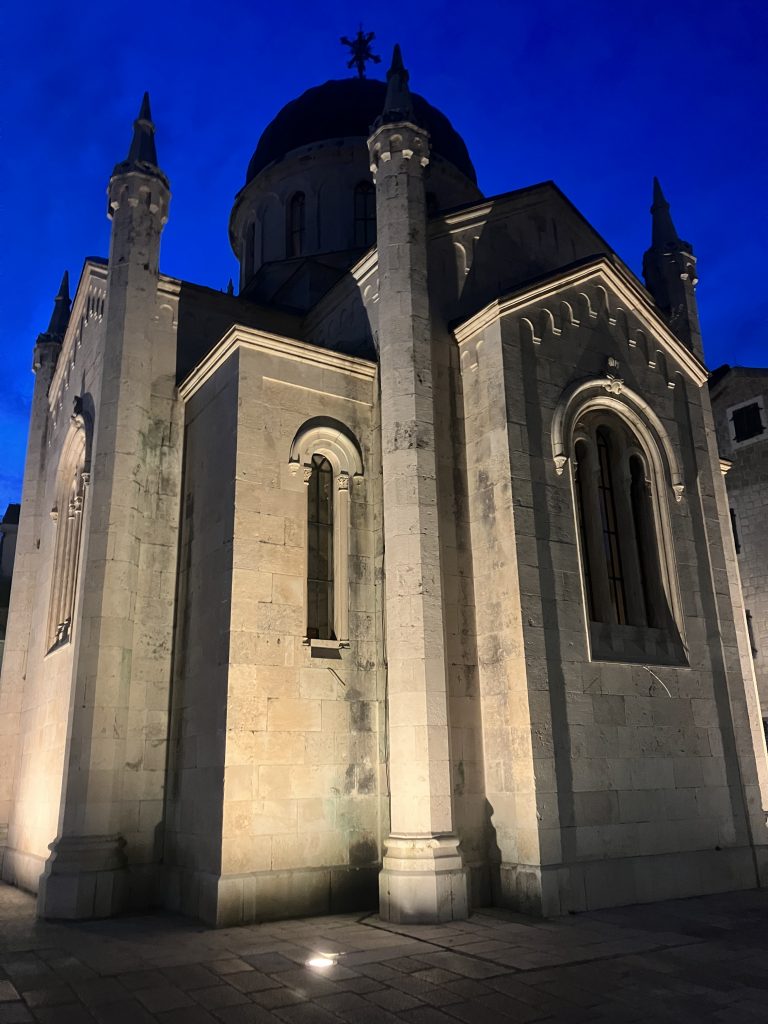
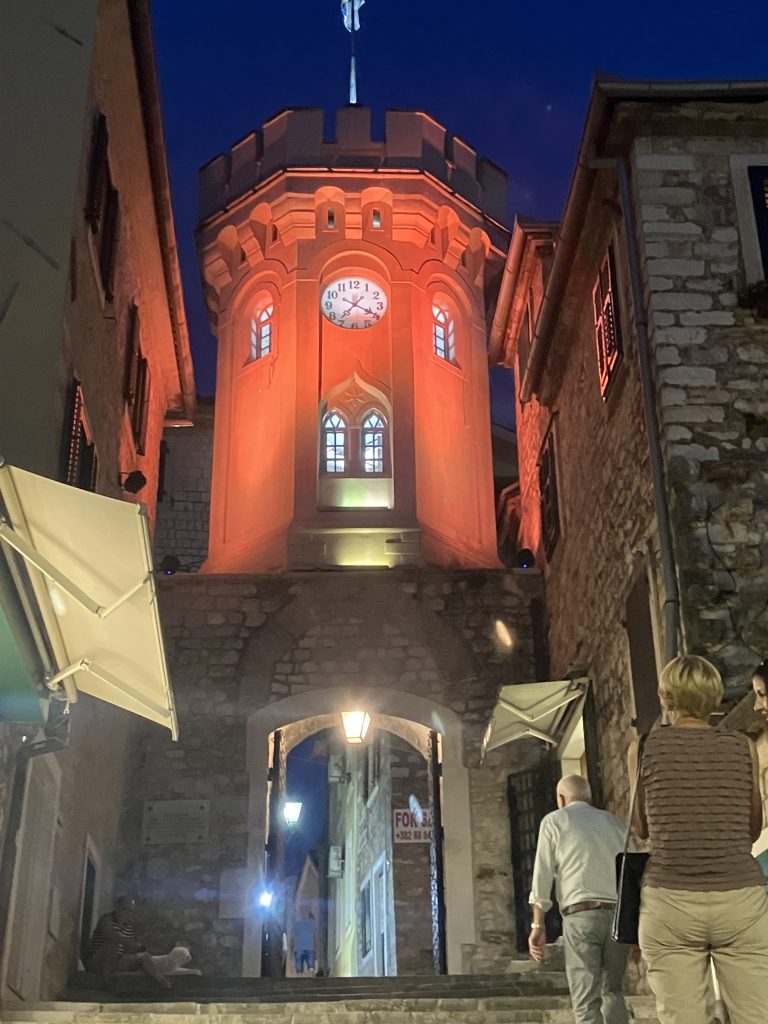
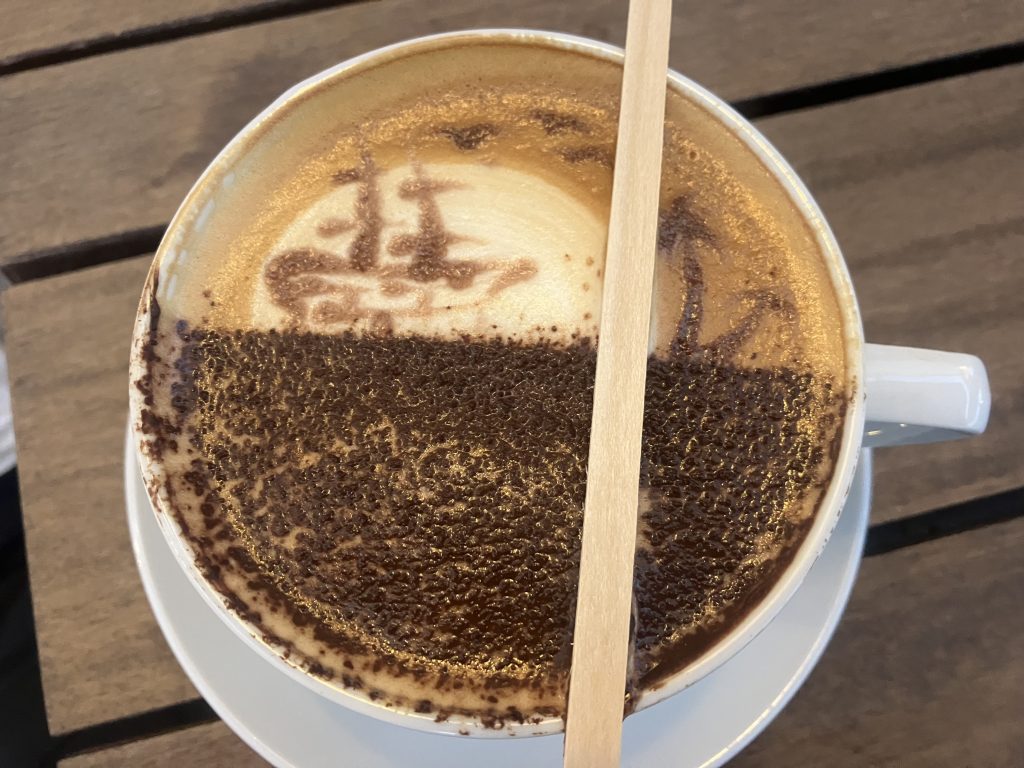
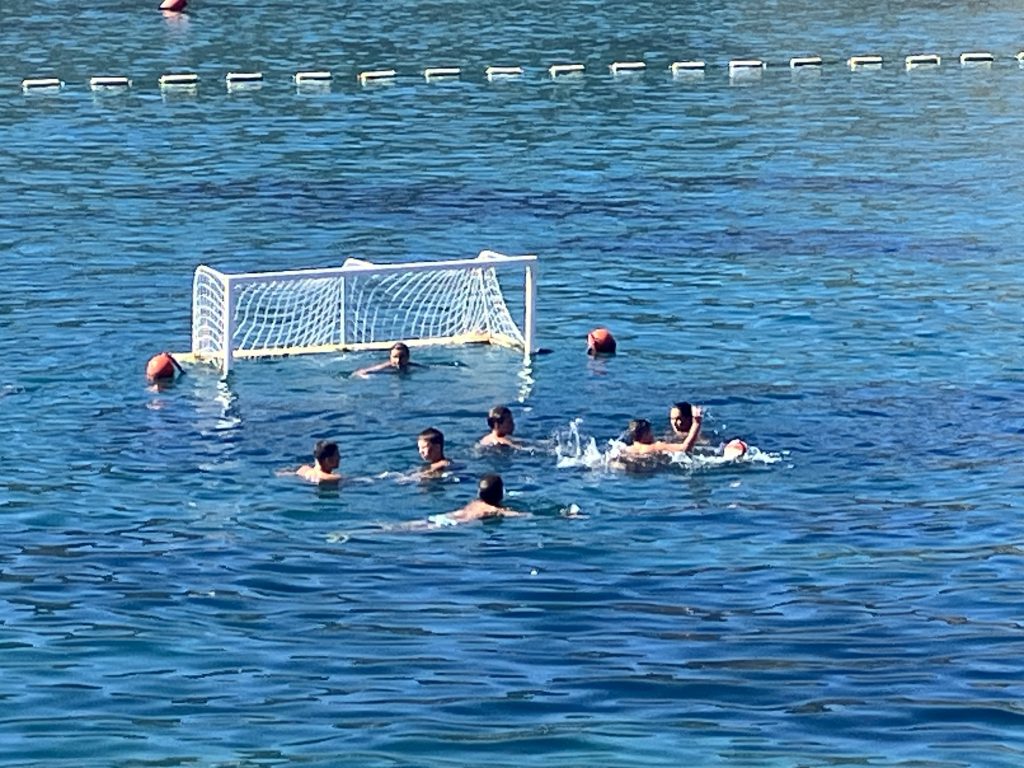
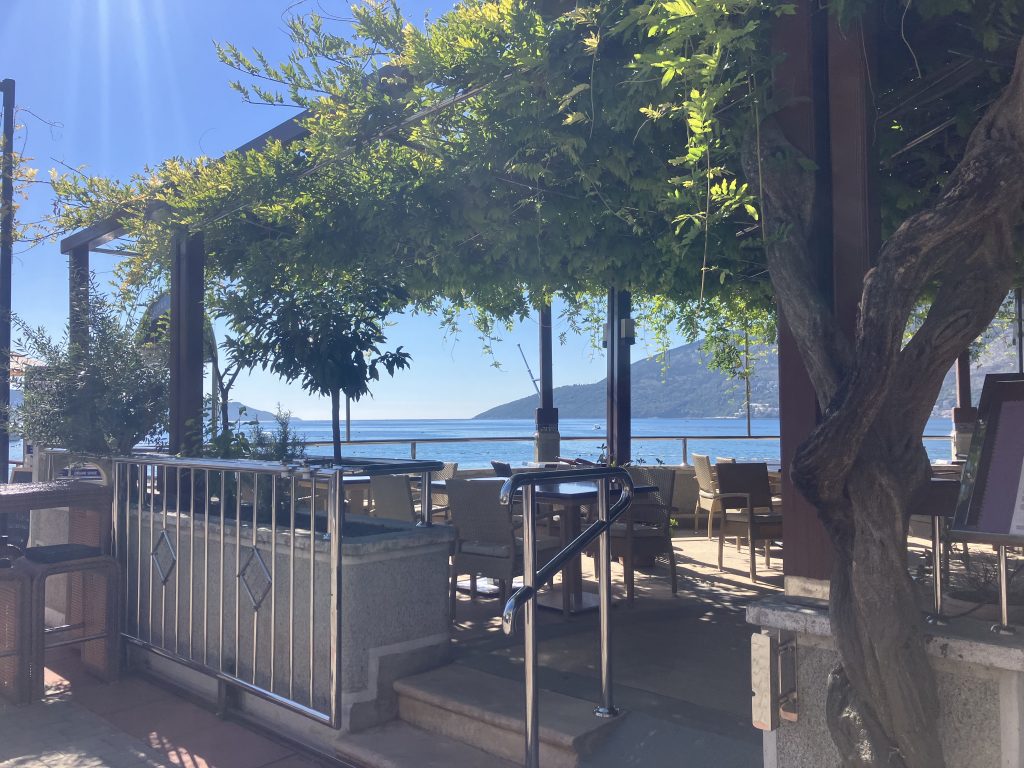
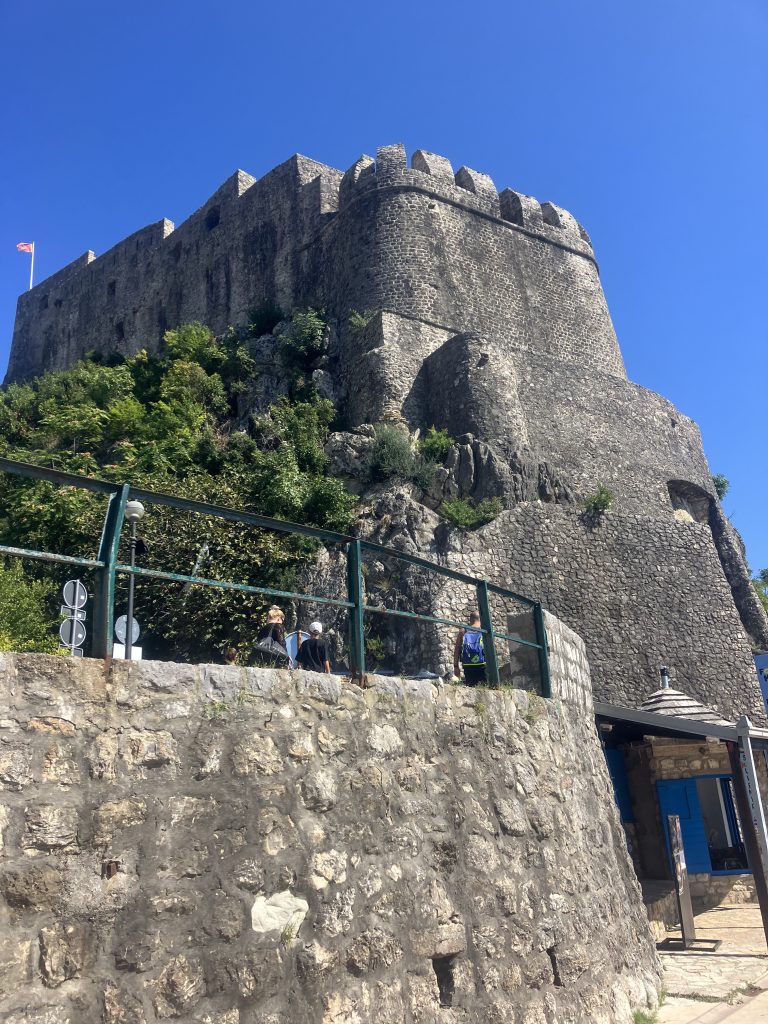
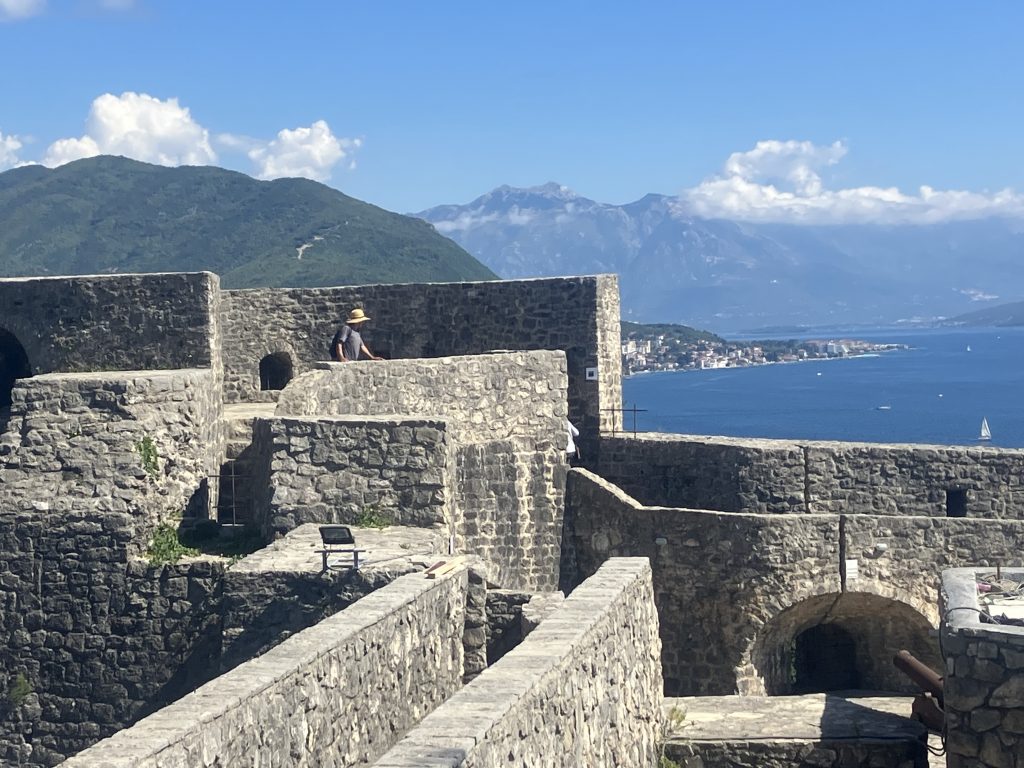
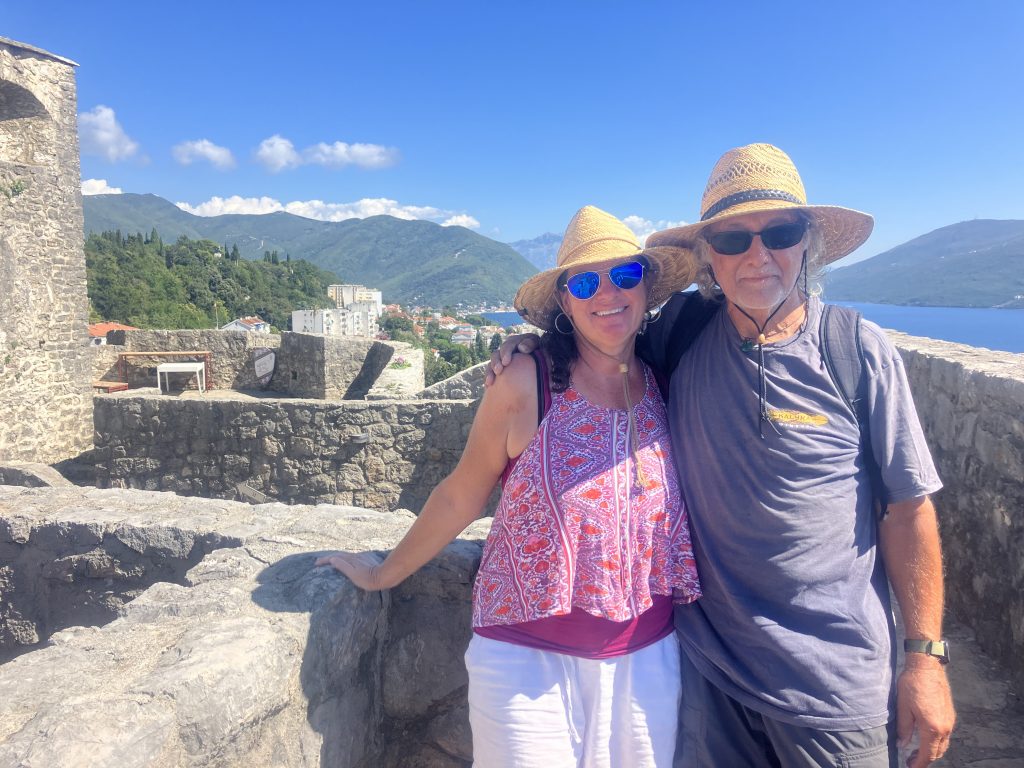
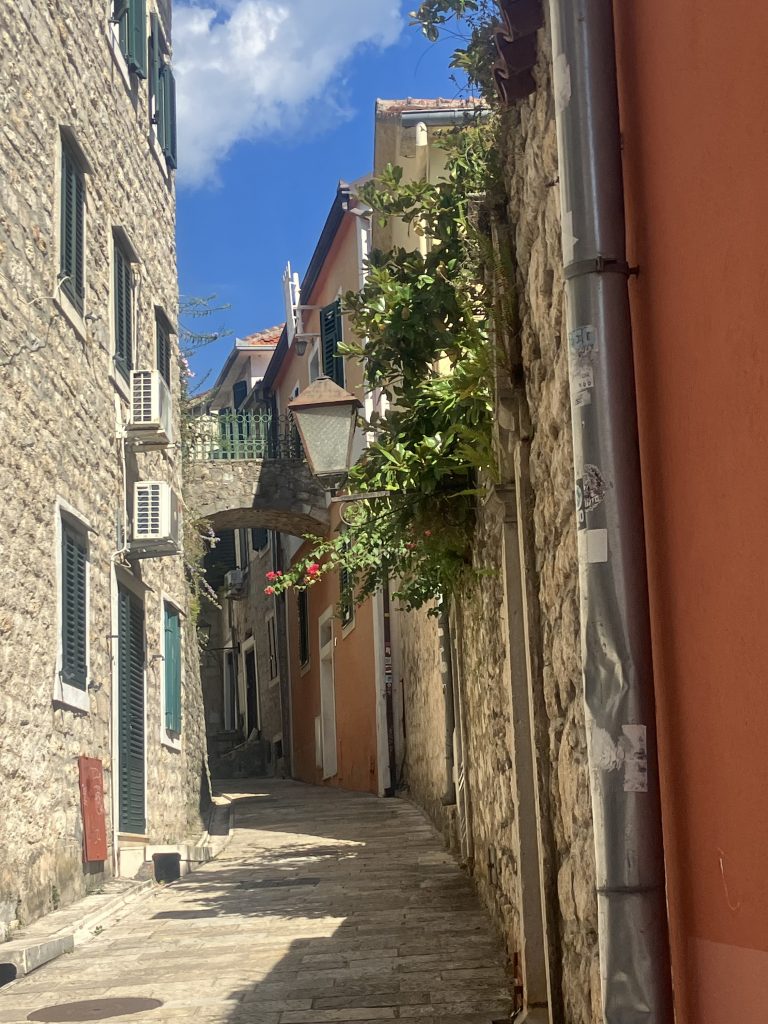
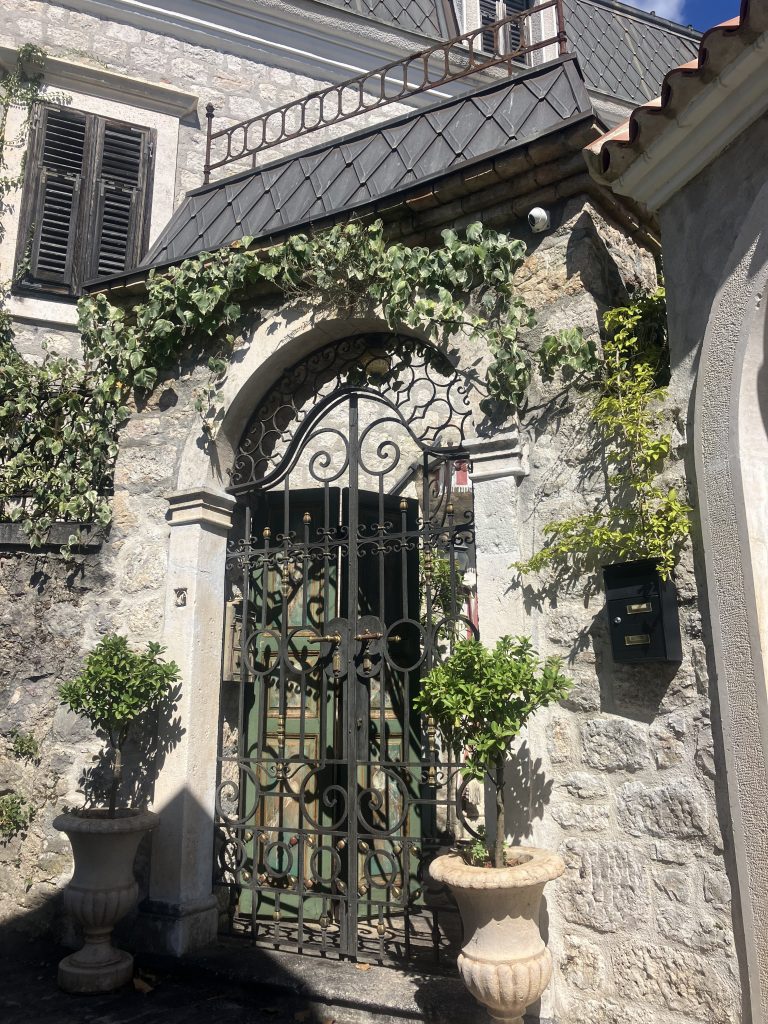
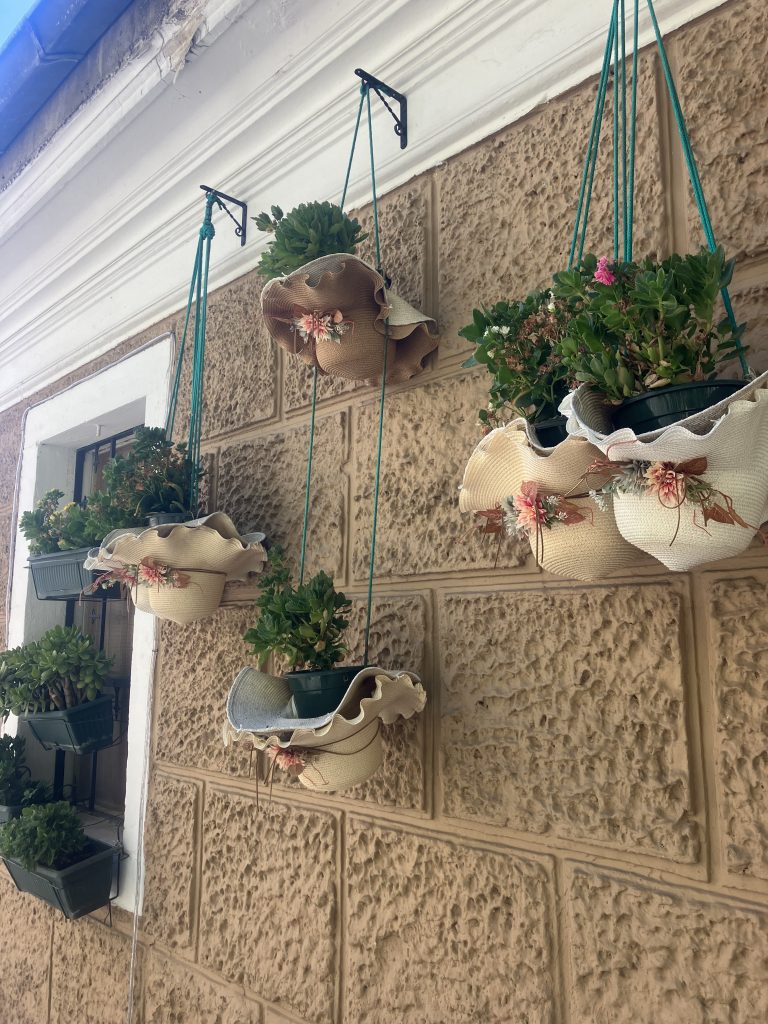
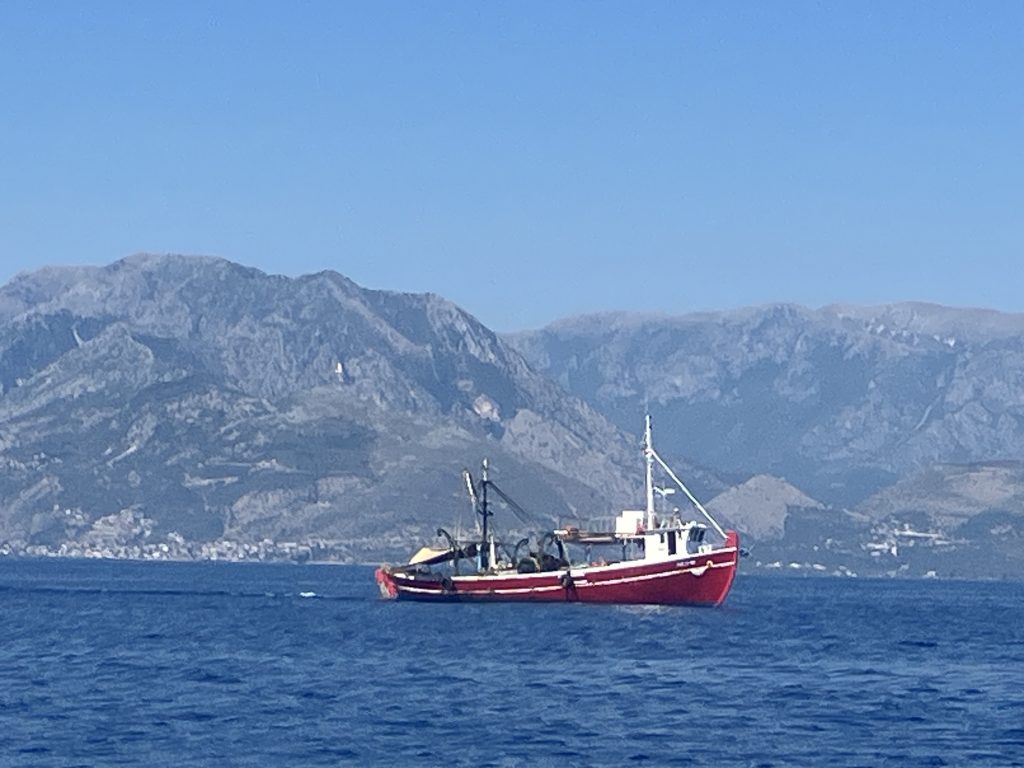
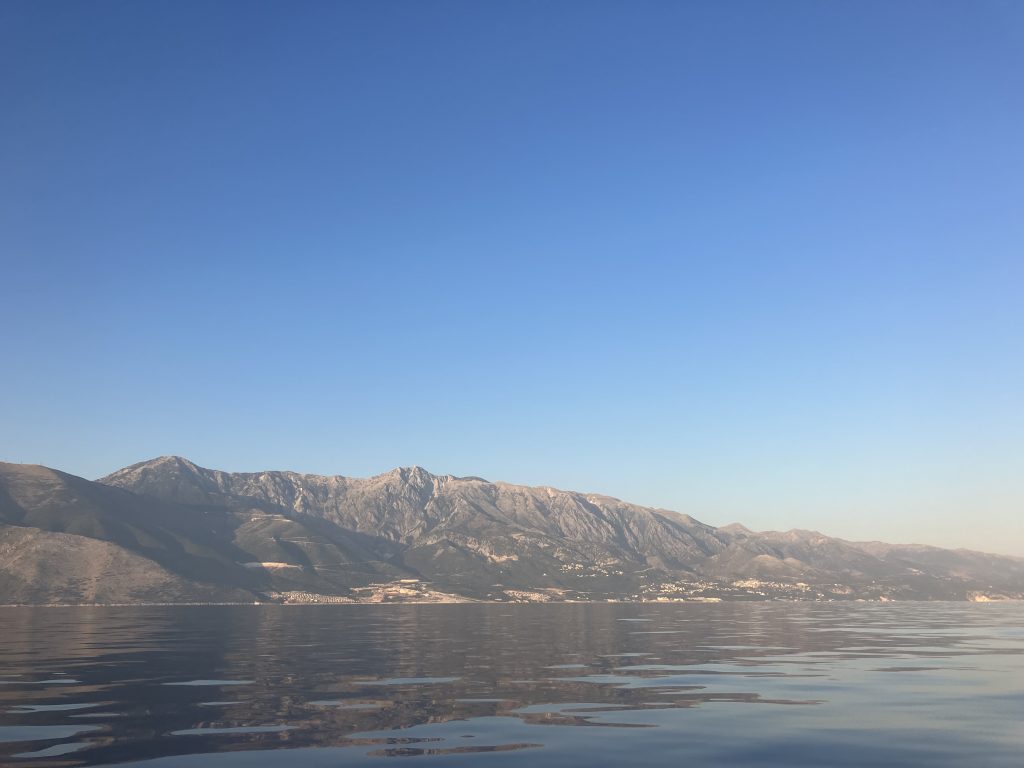
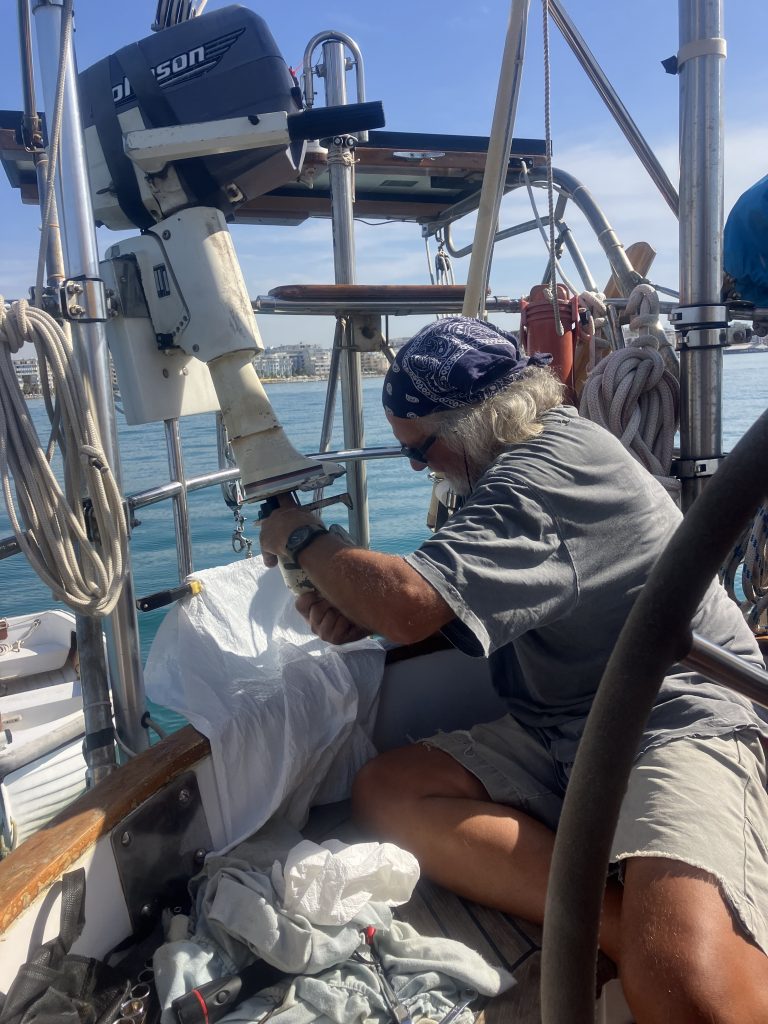
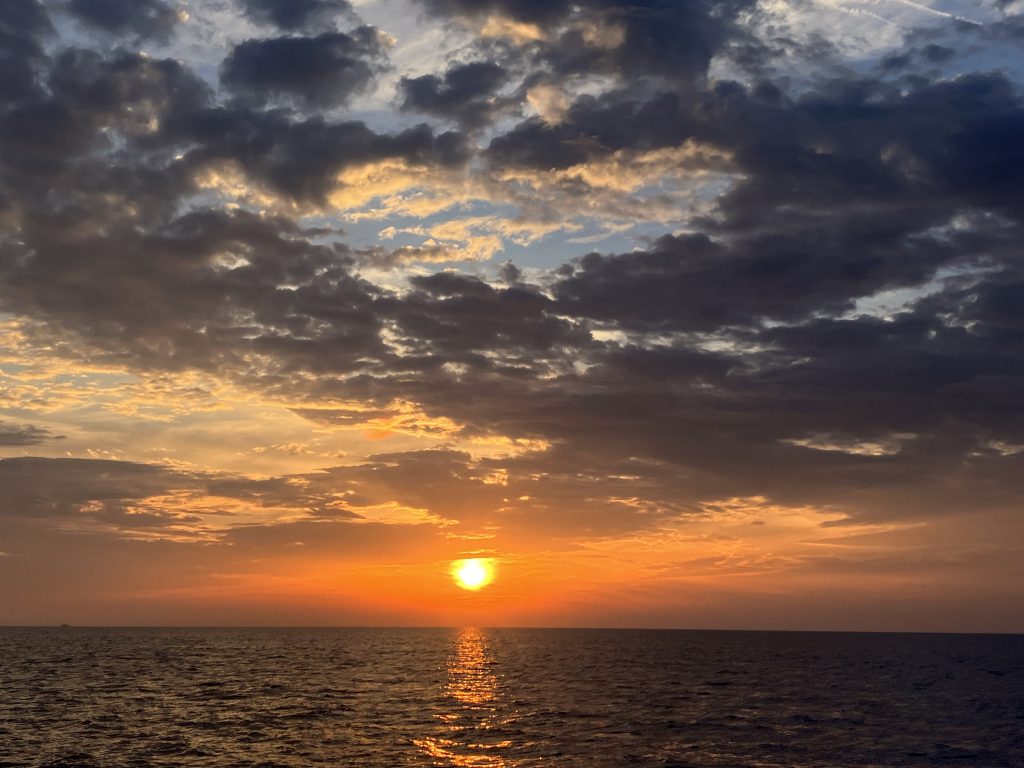
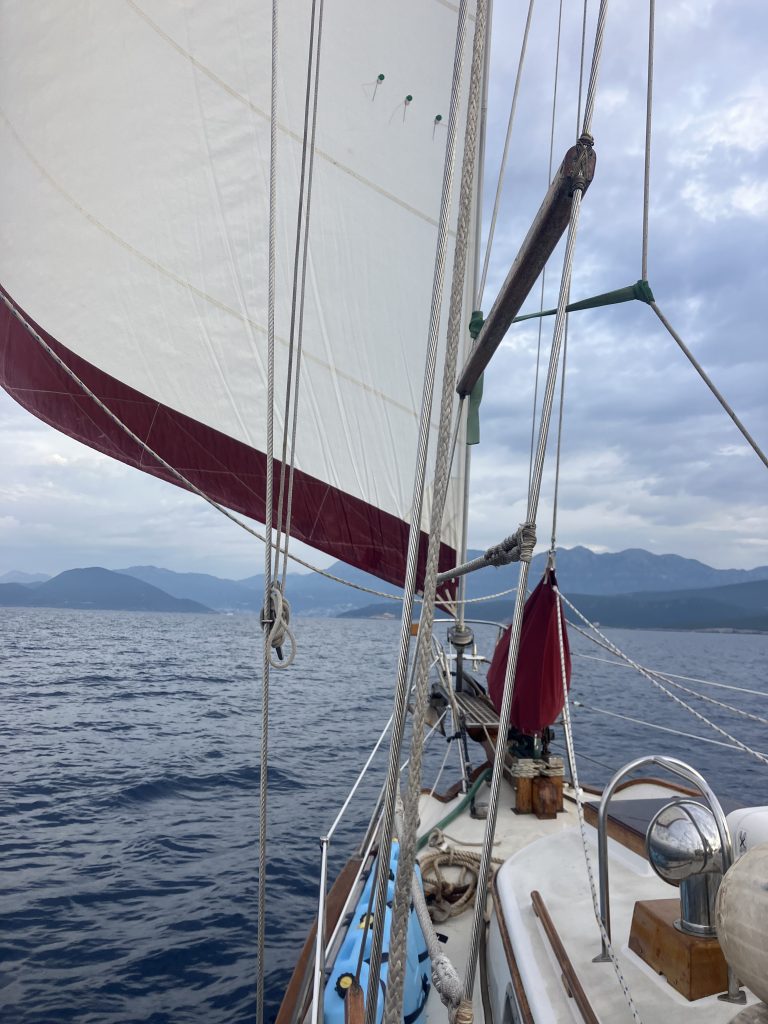
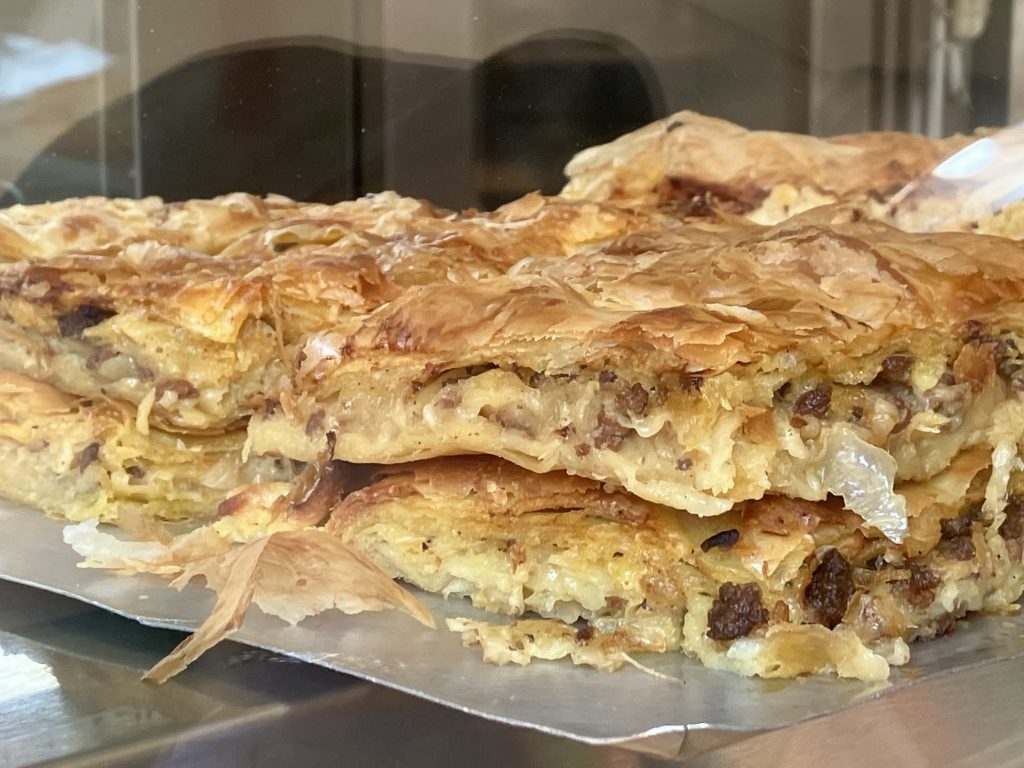
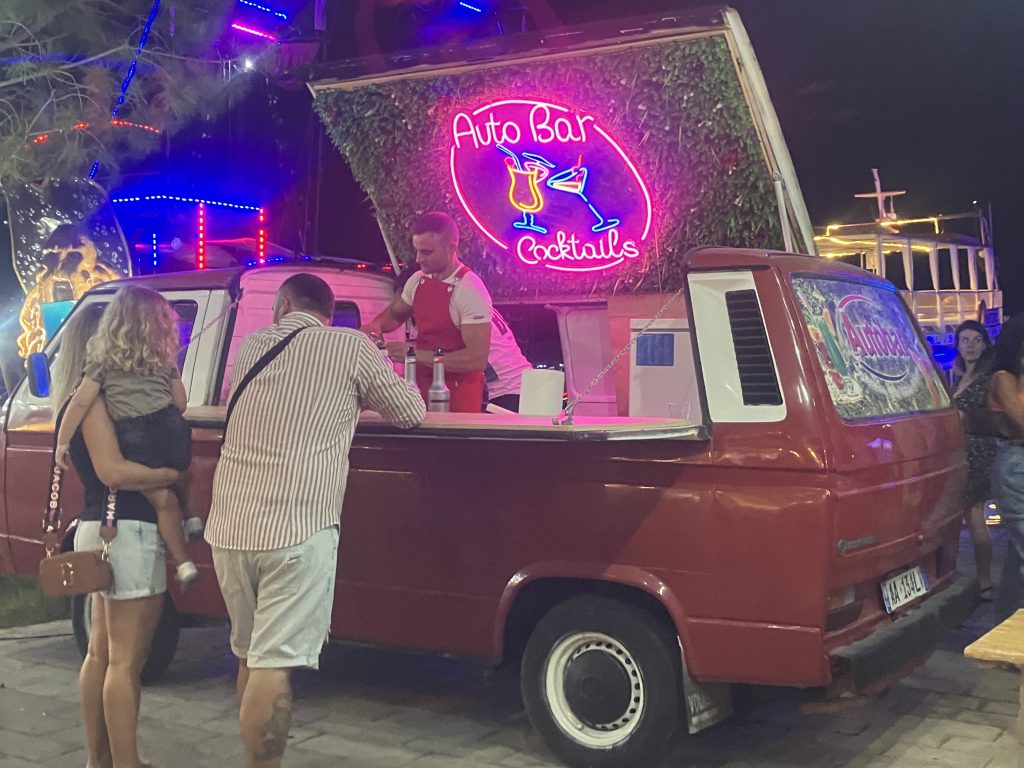
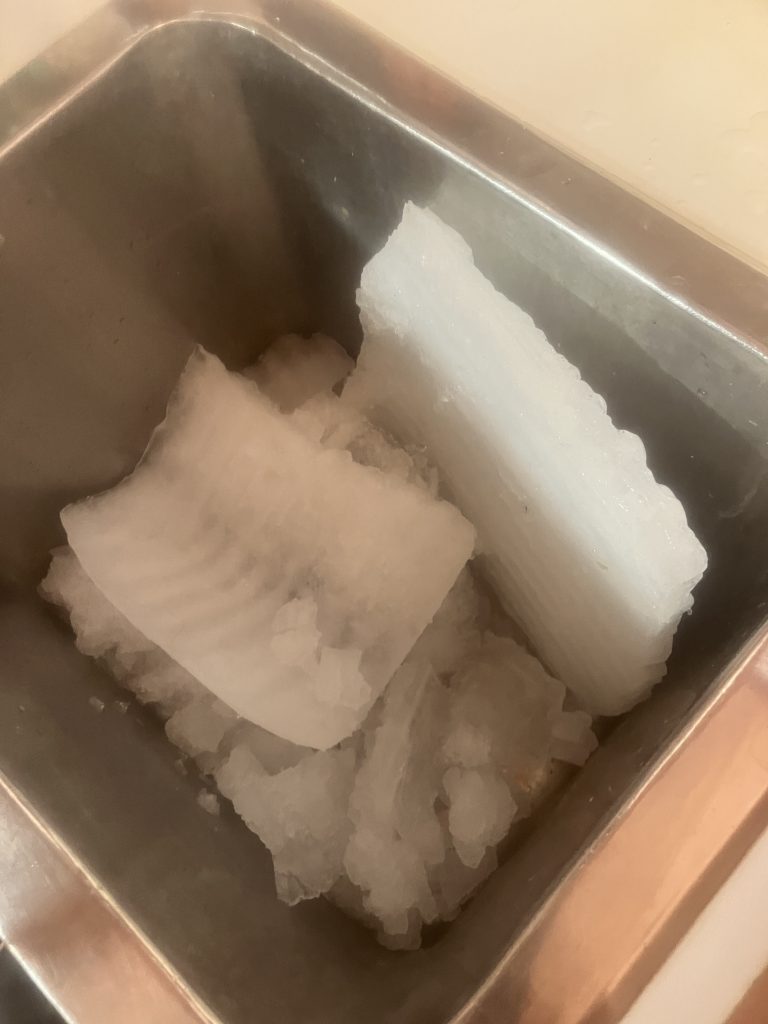
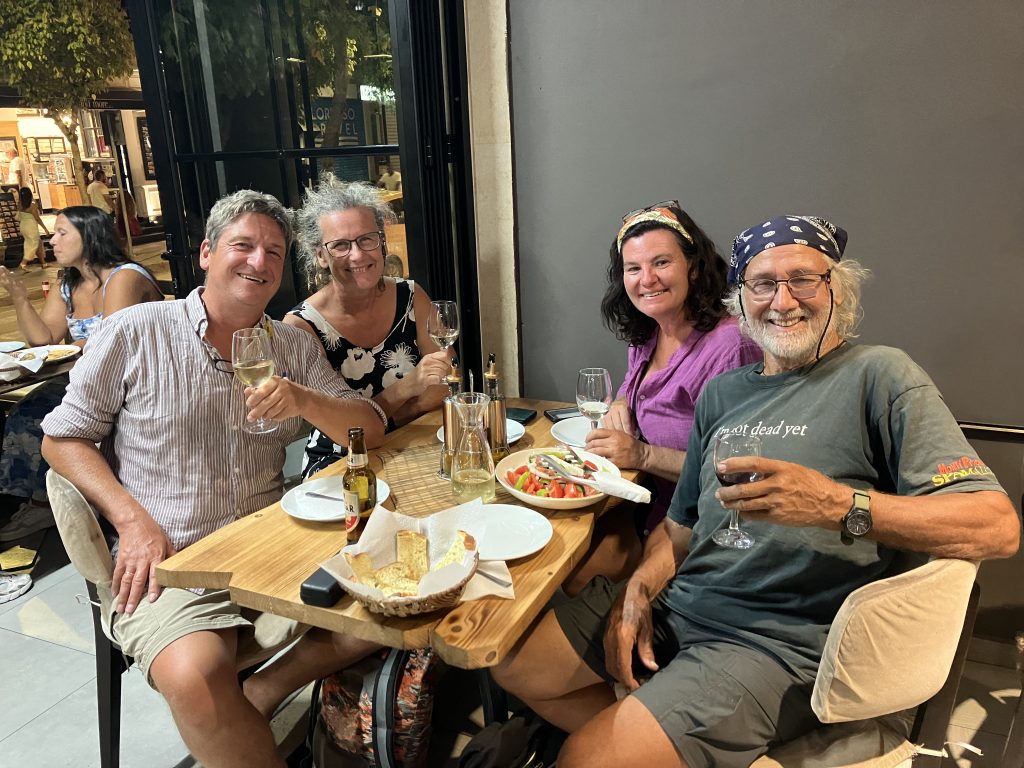
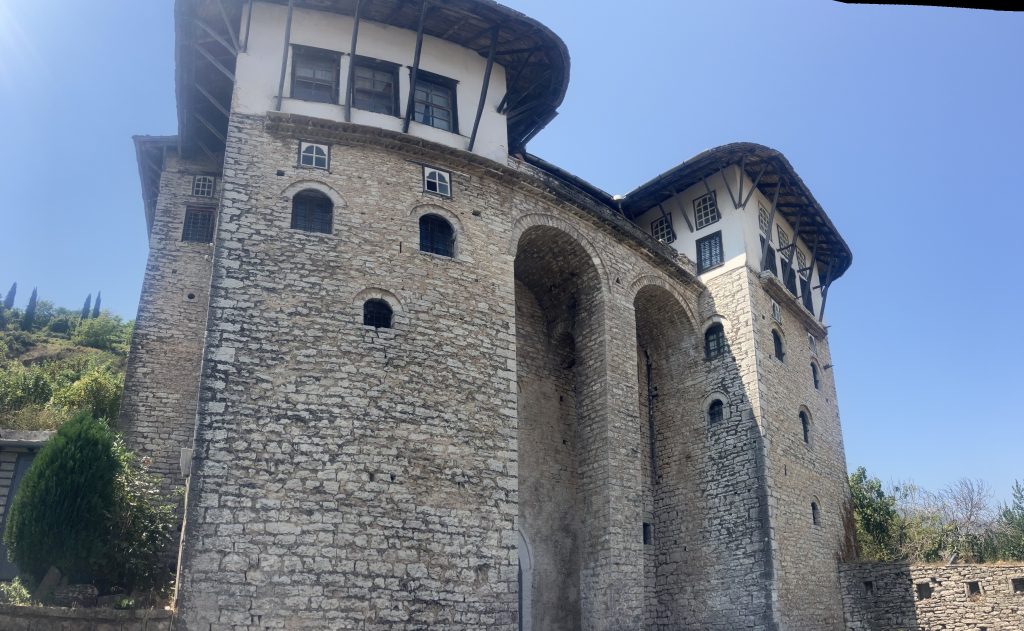
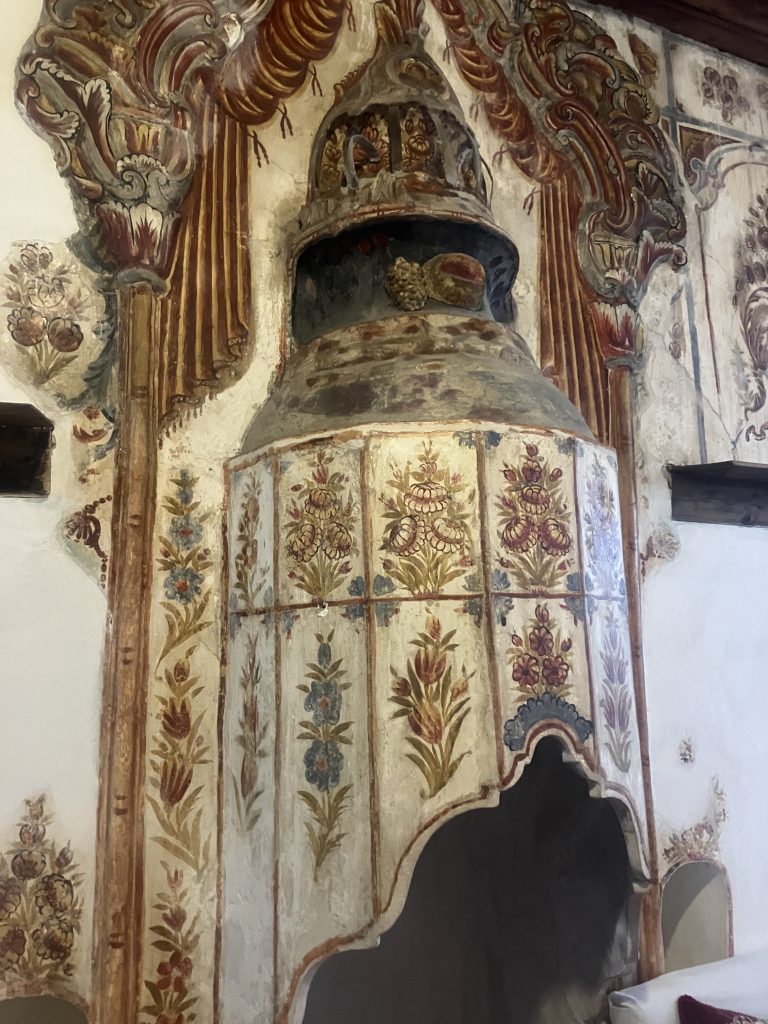
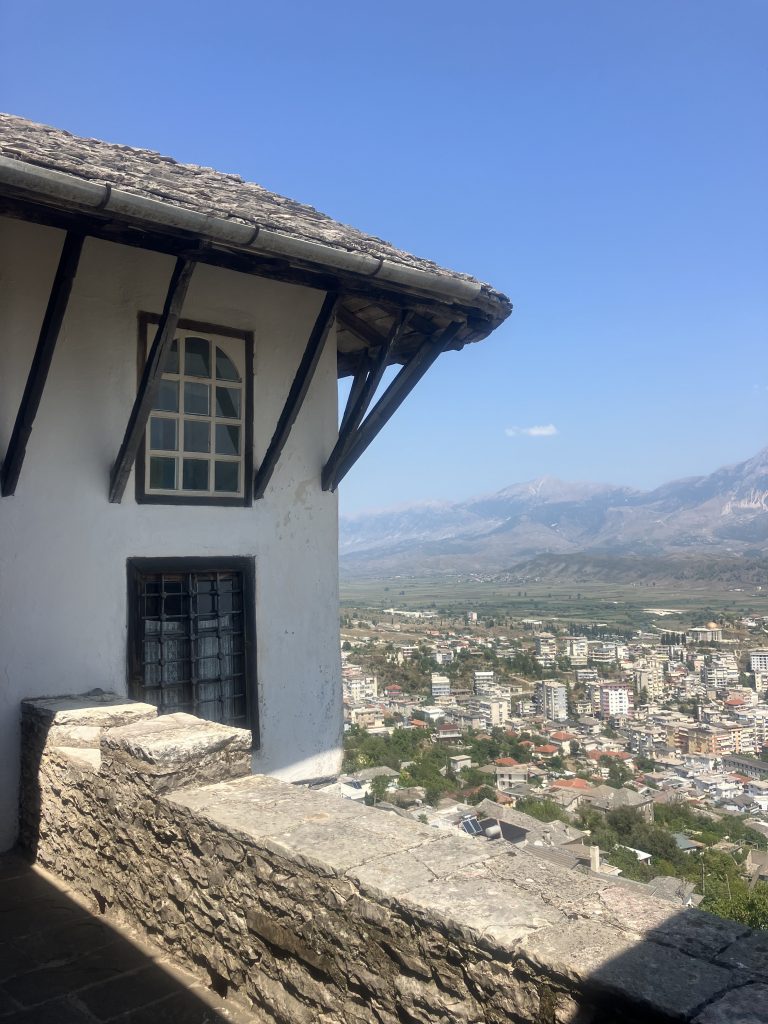
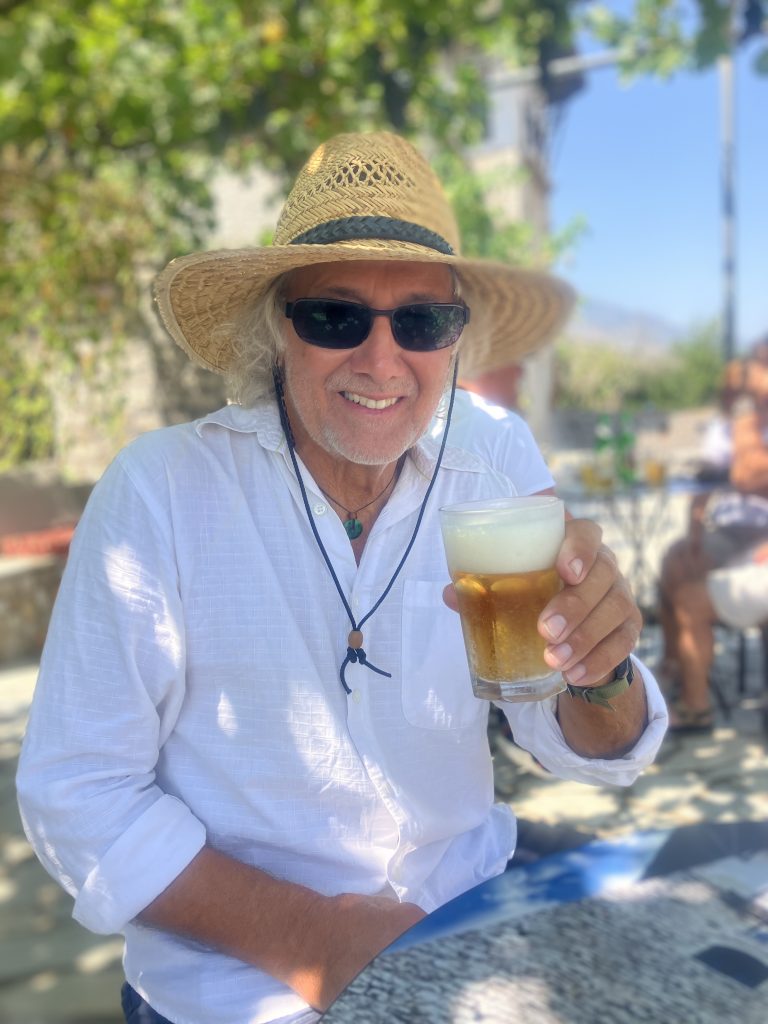
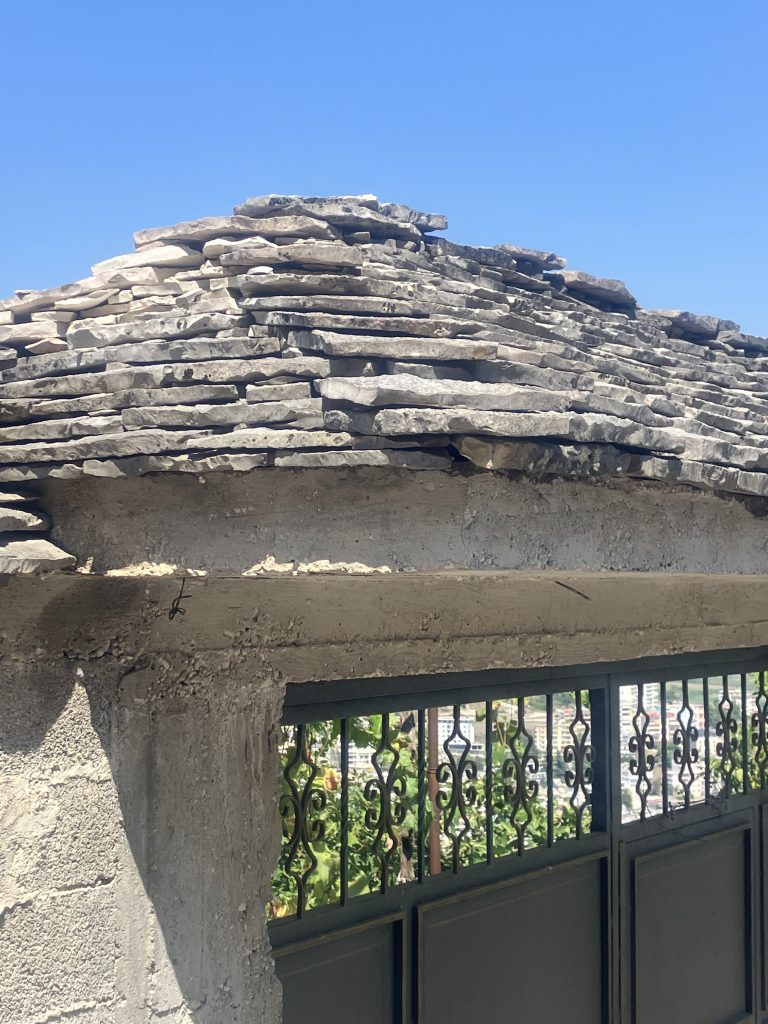
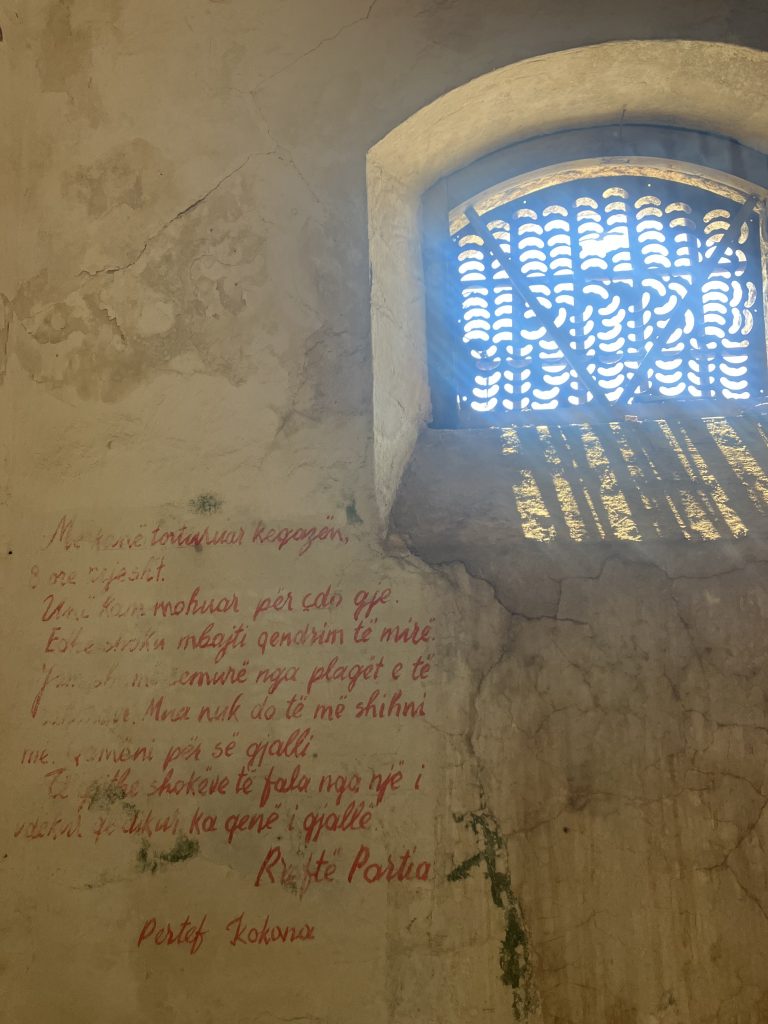
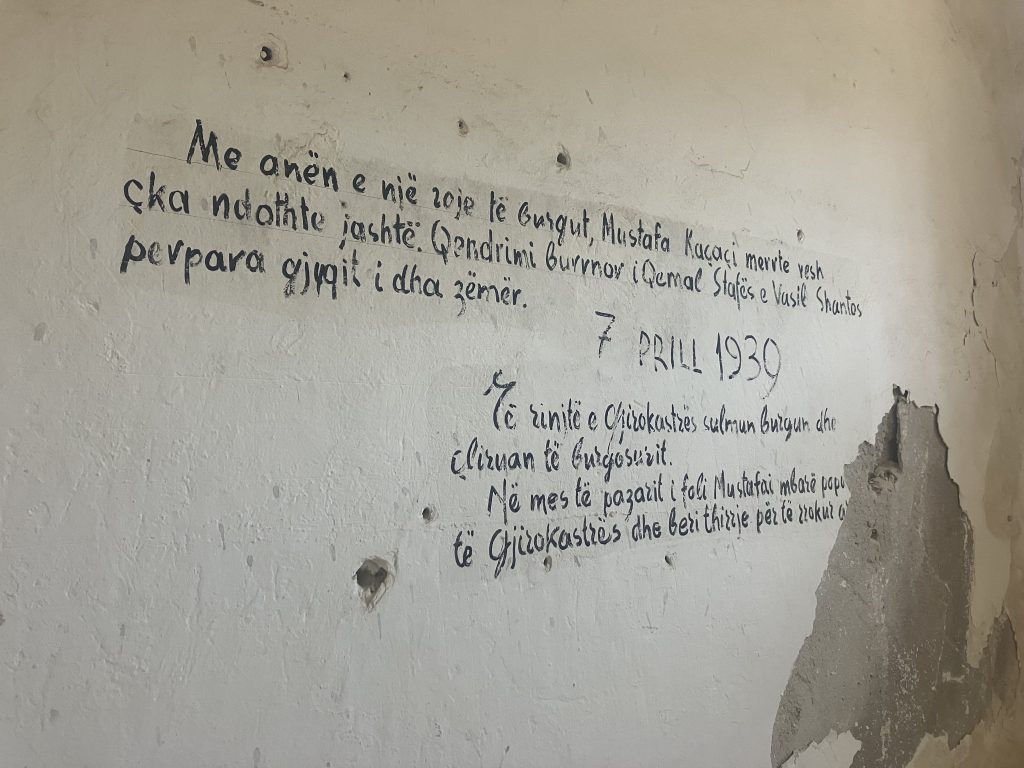
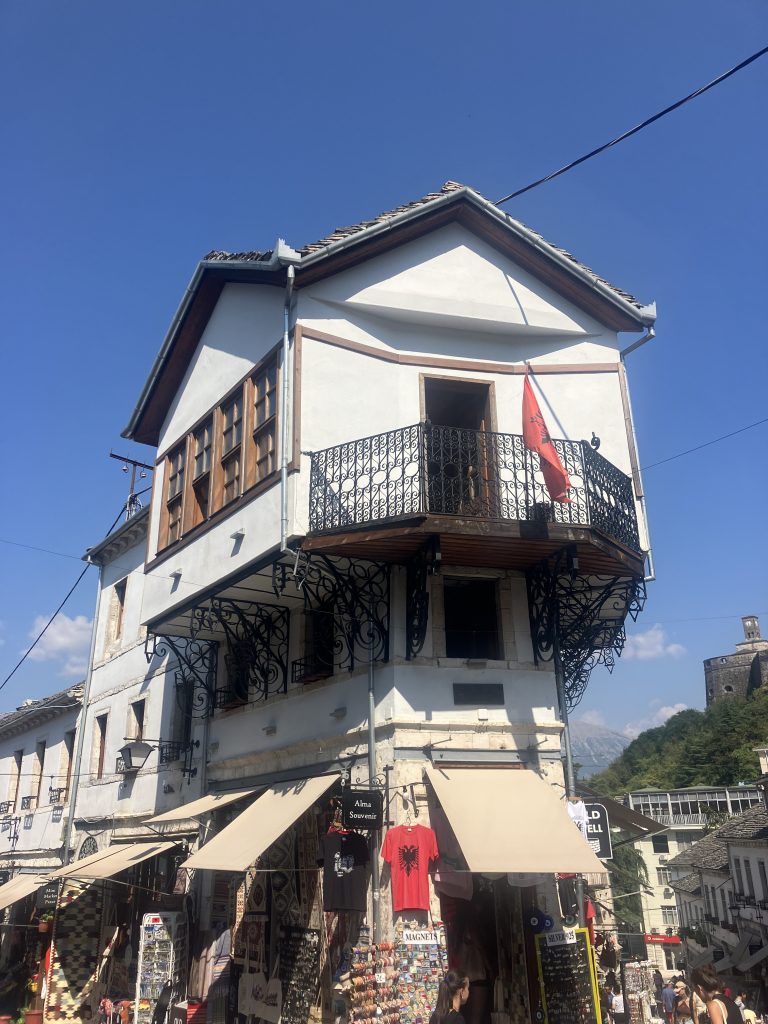
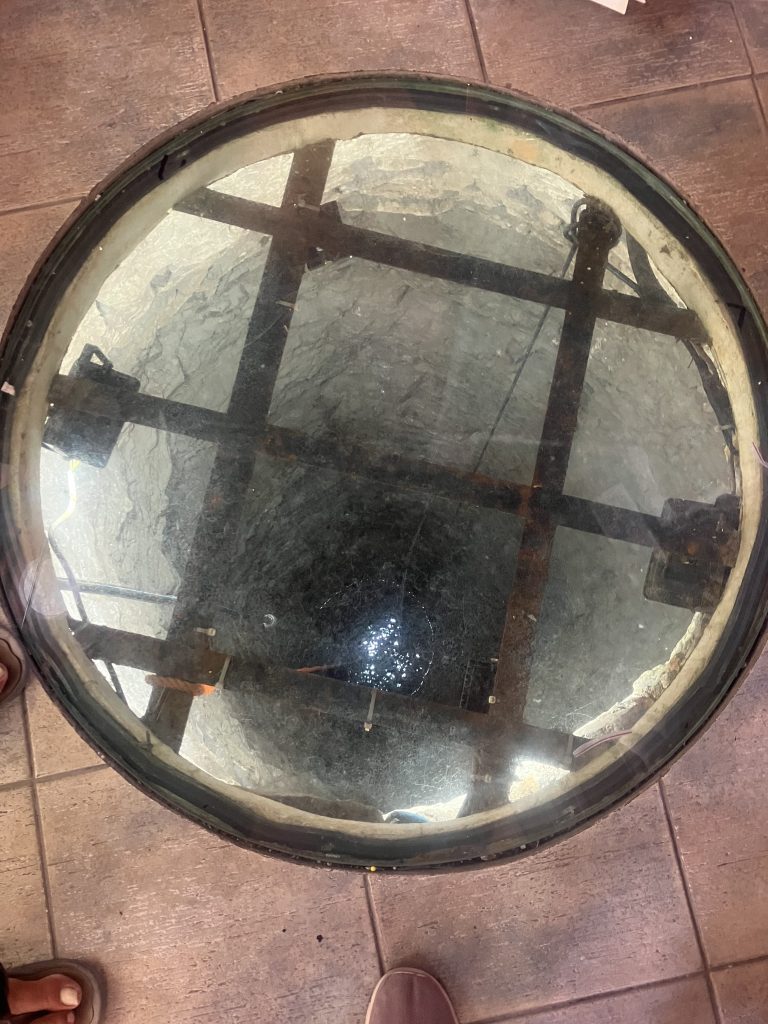
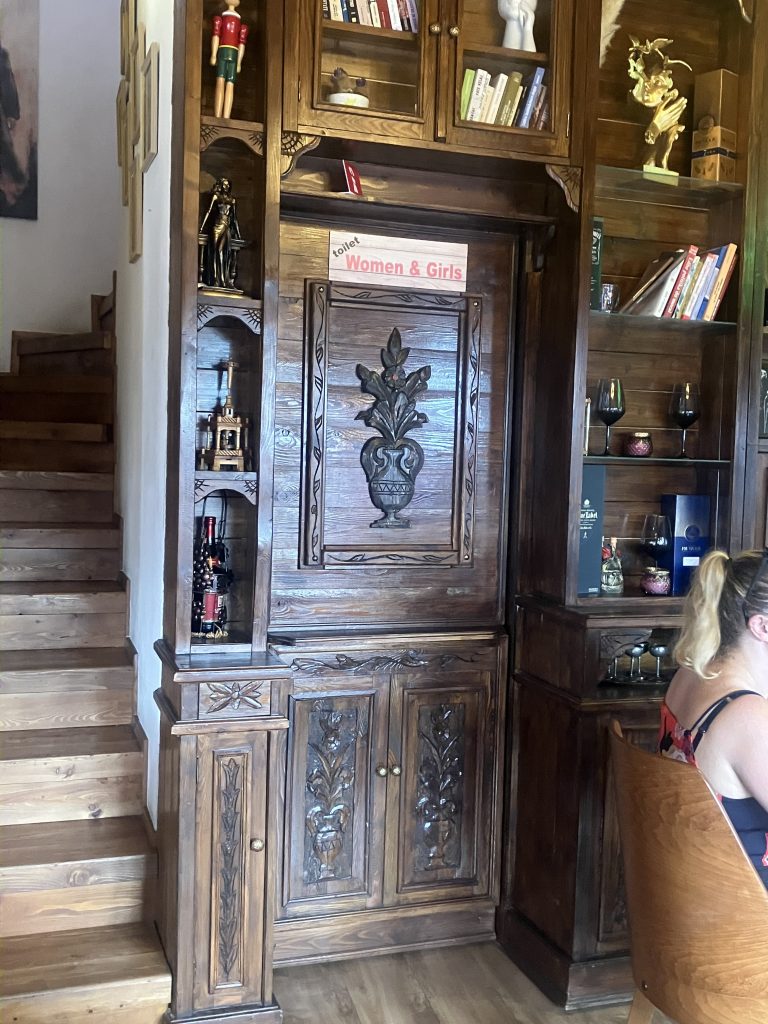
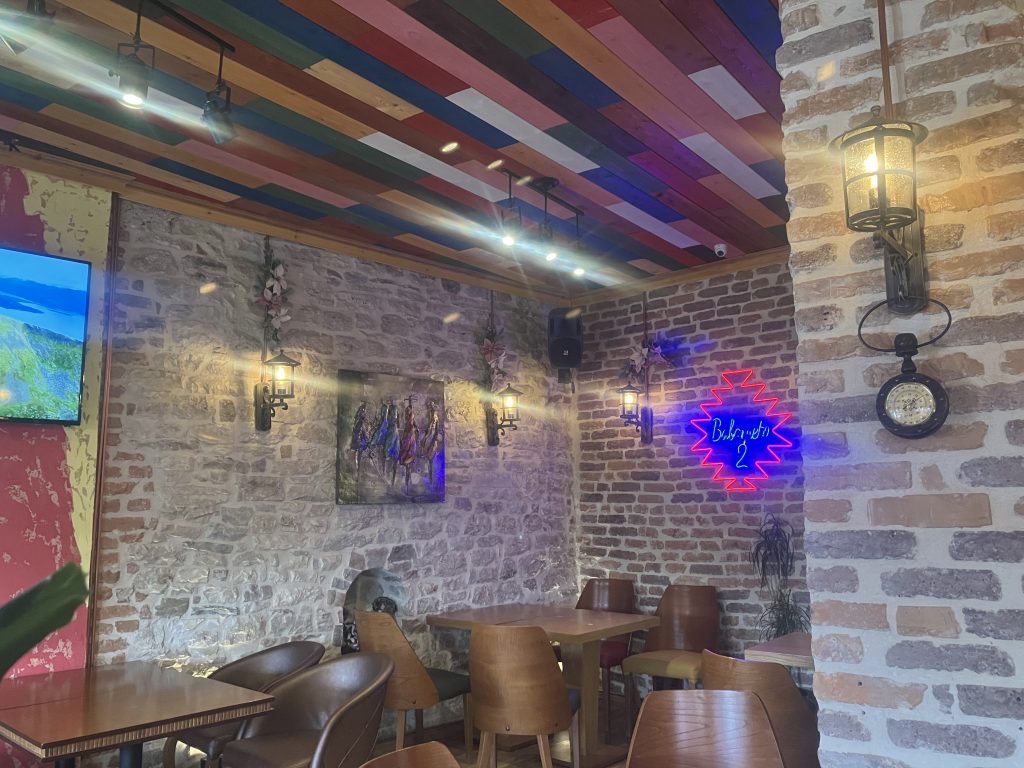
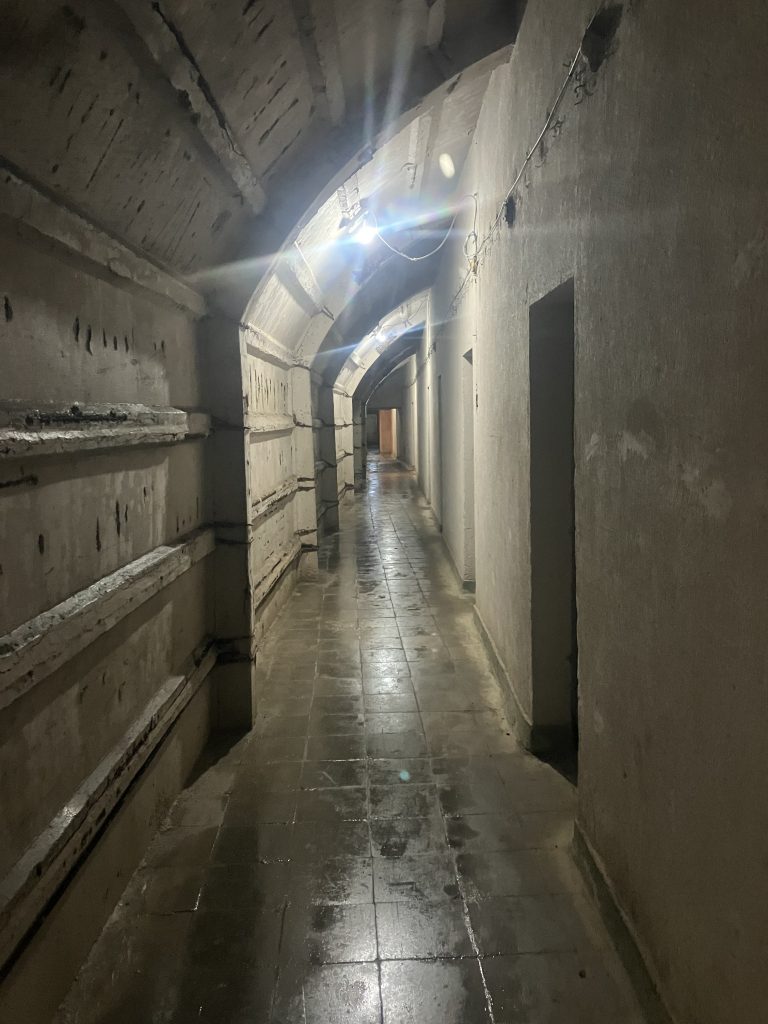
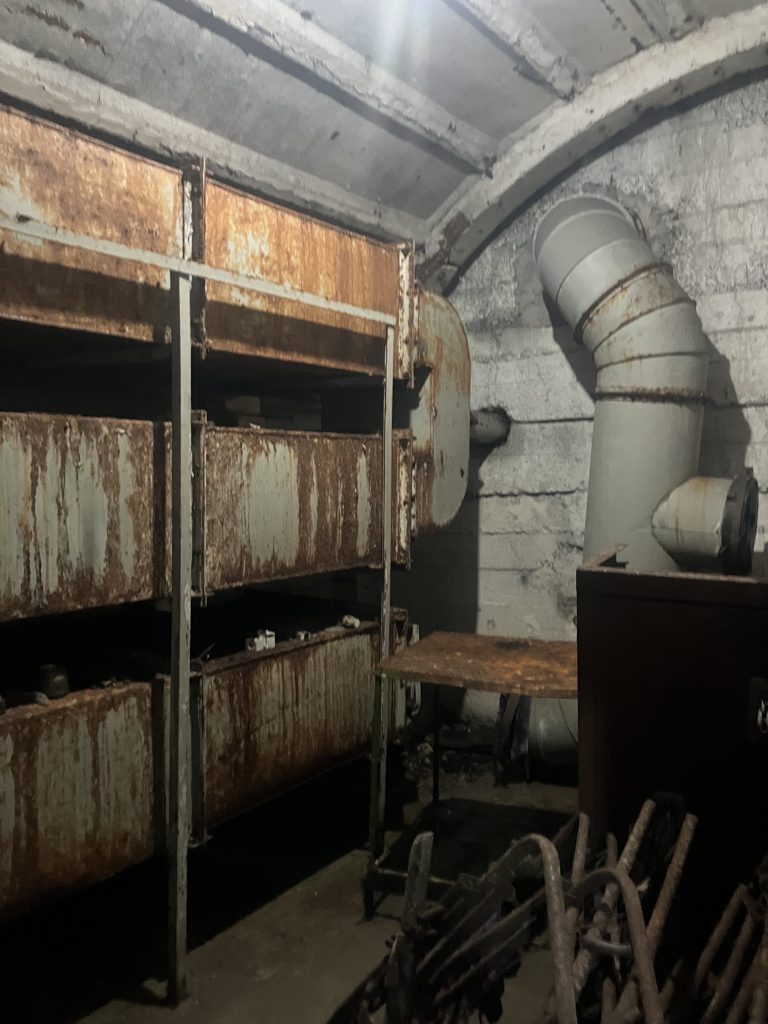
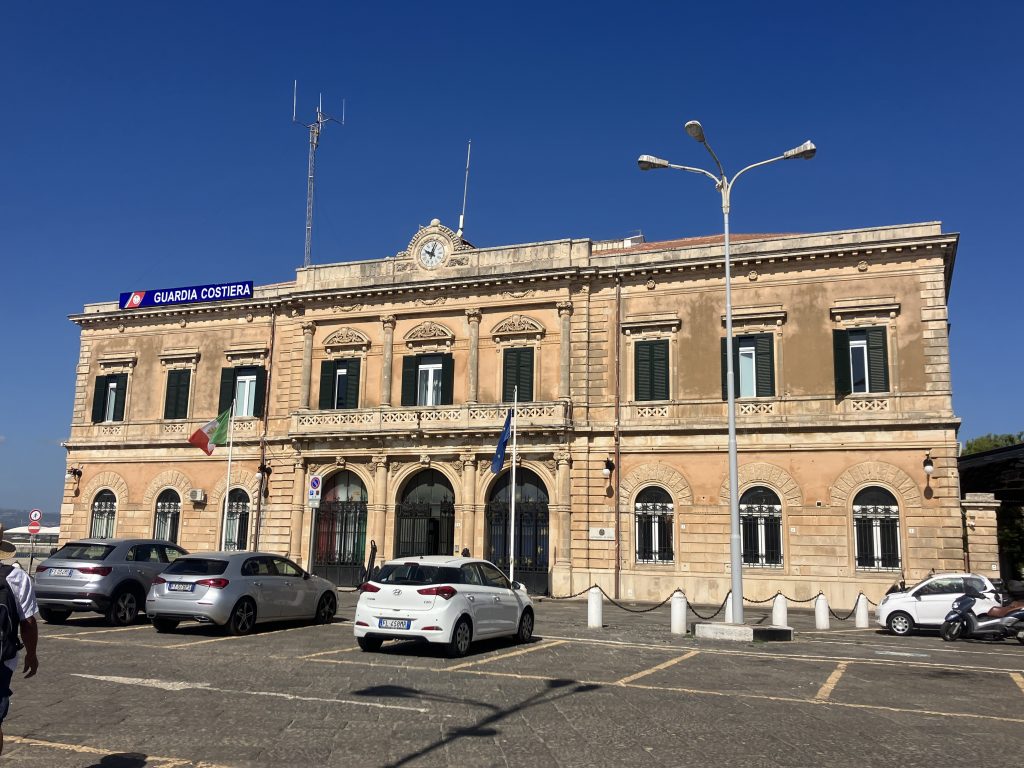
Recent Comments